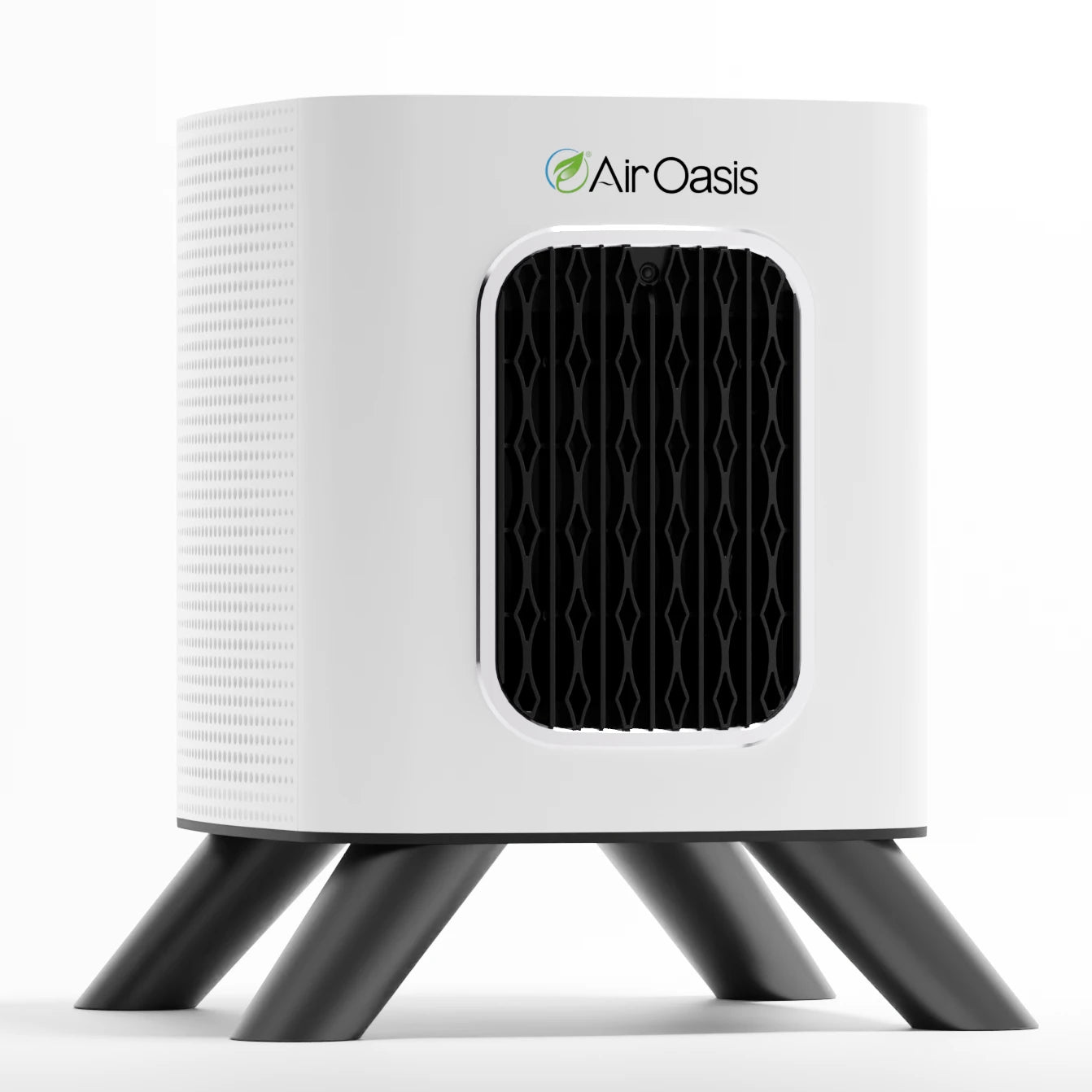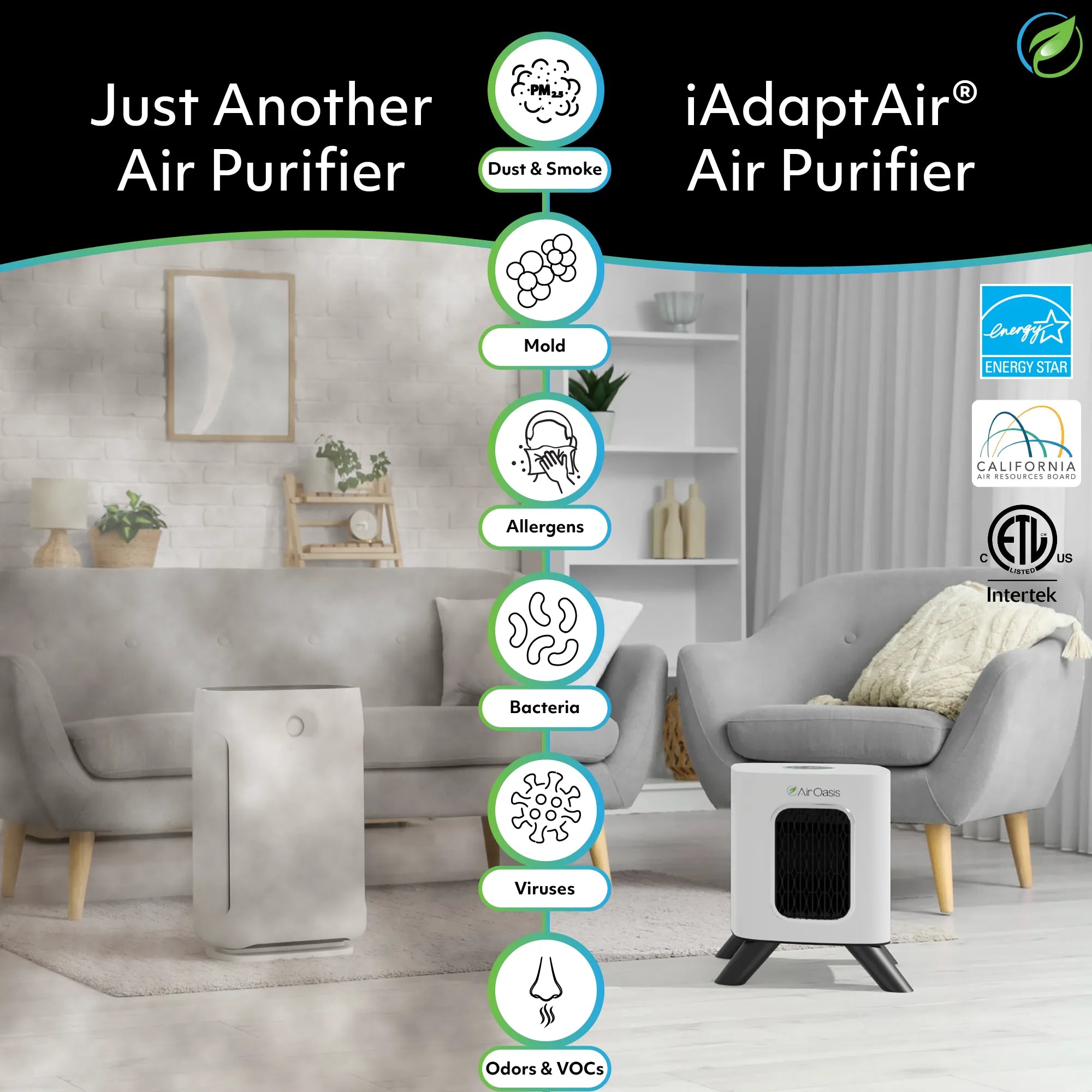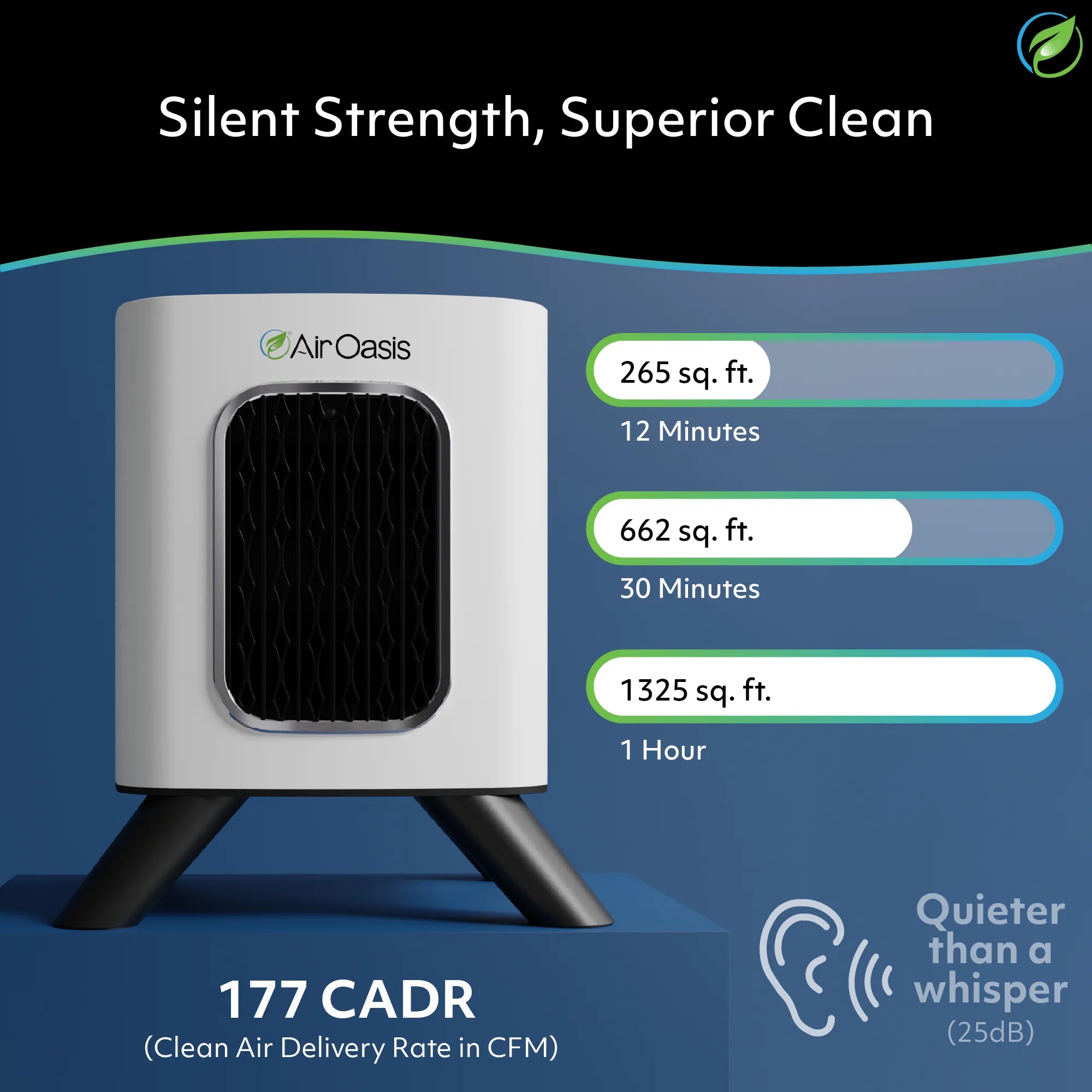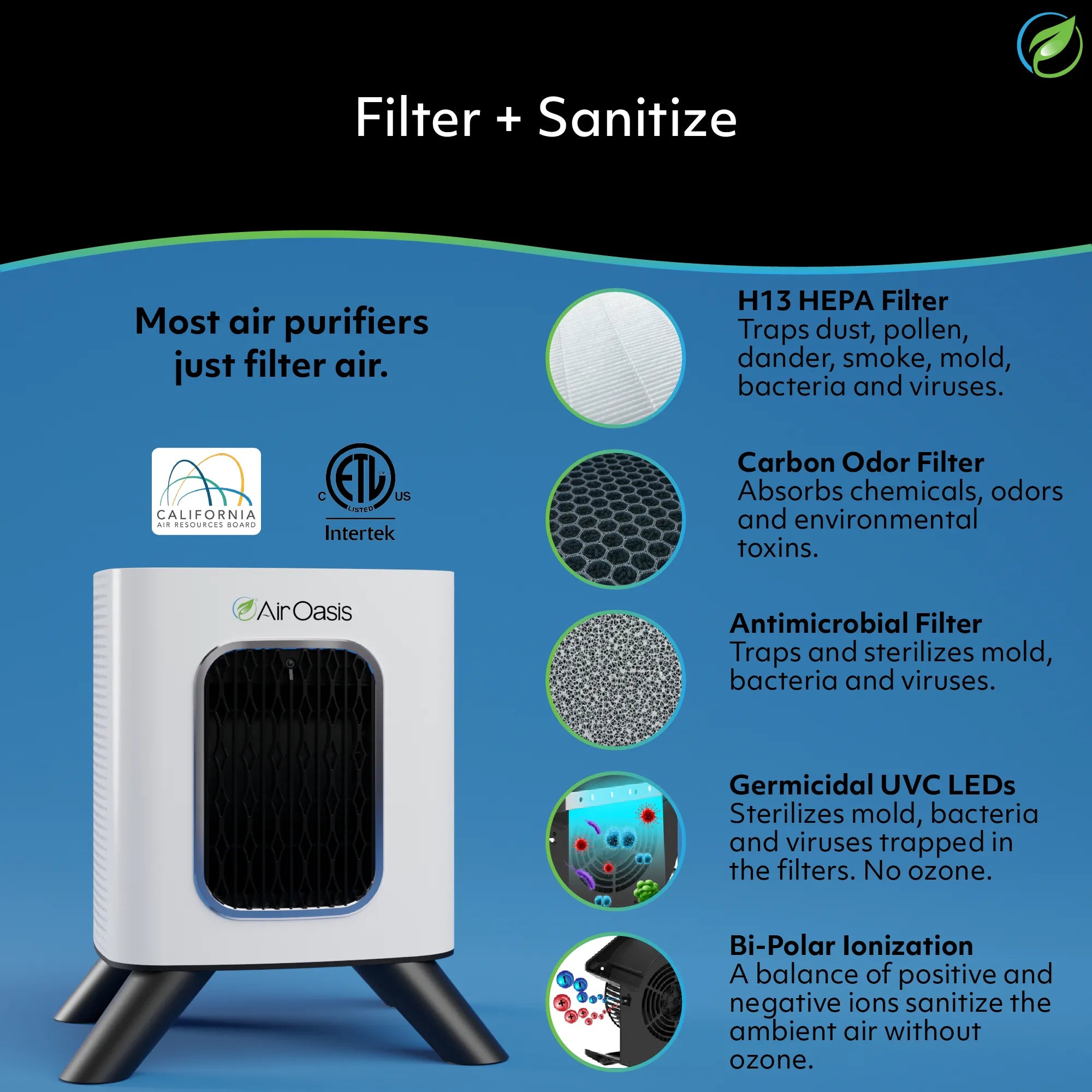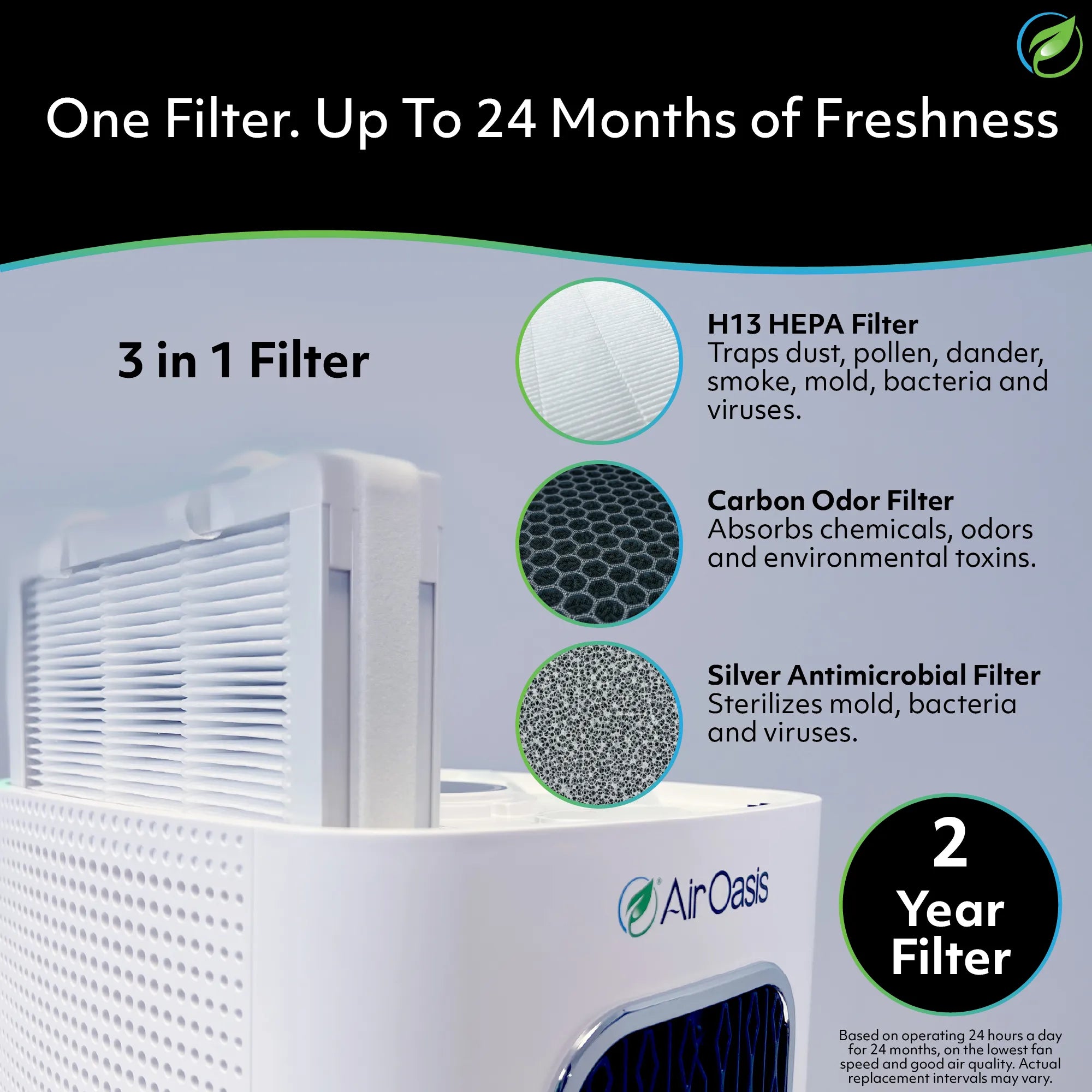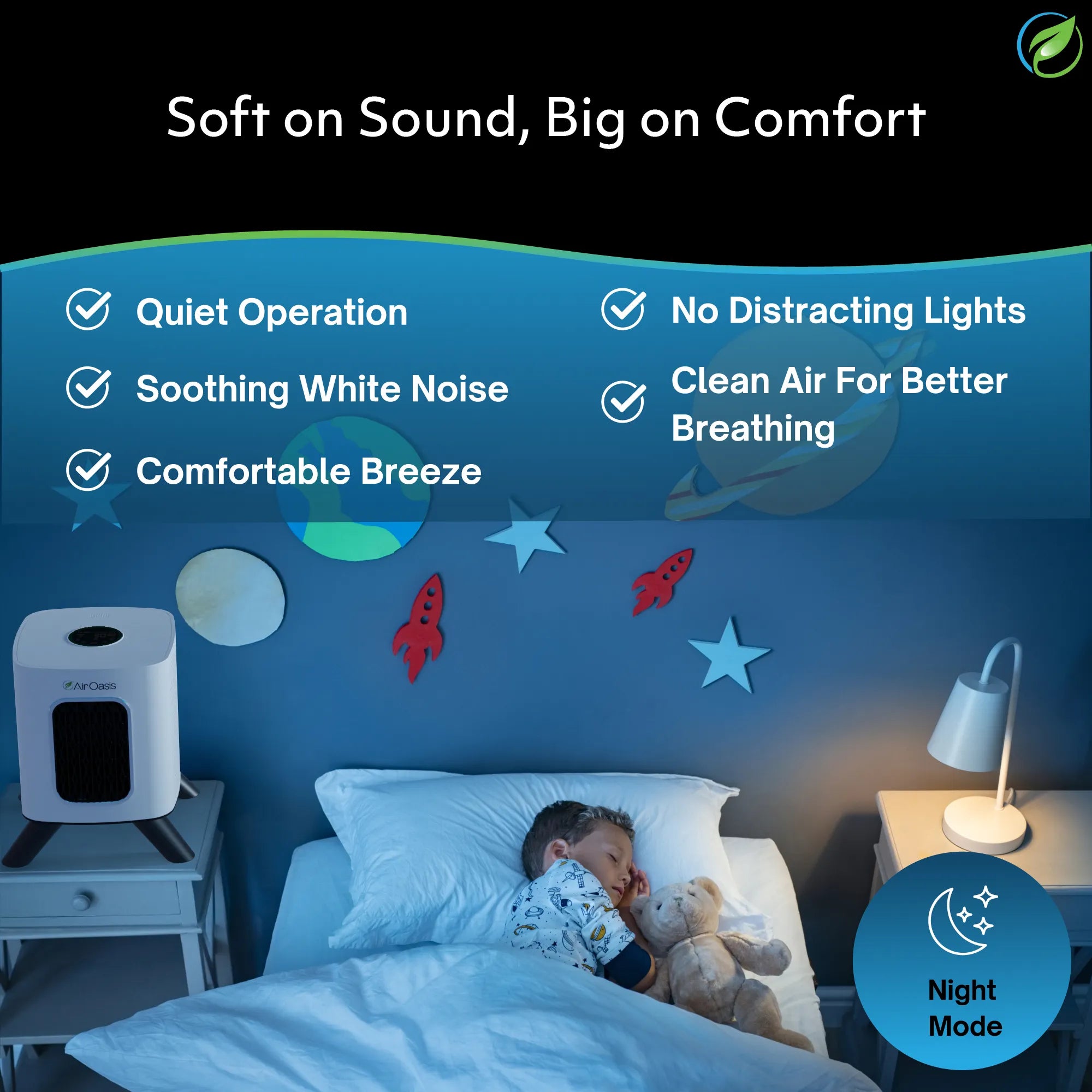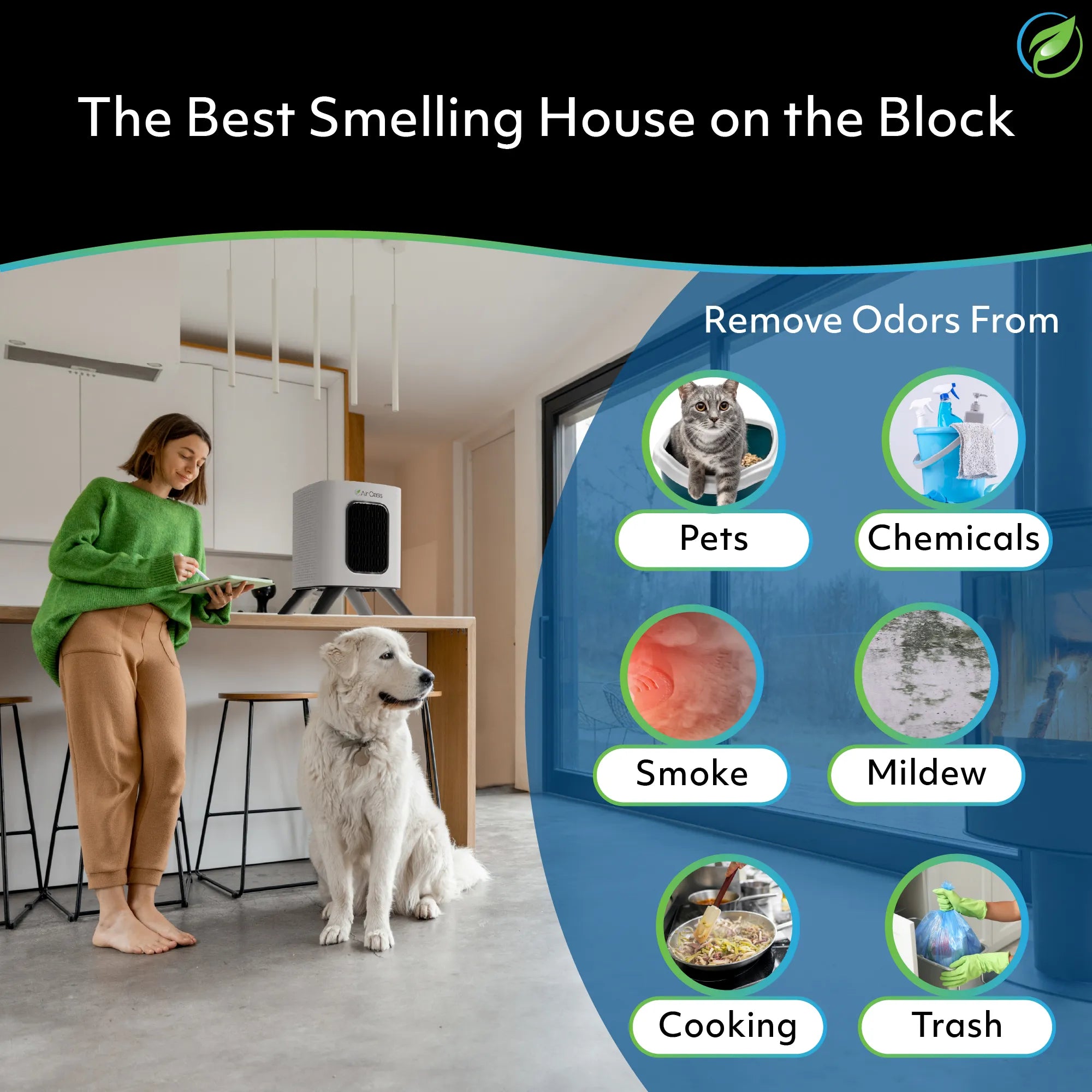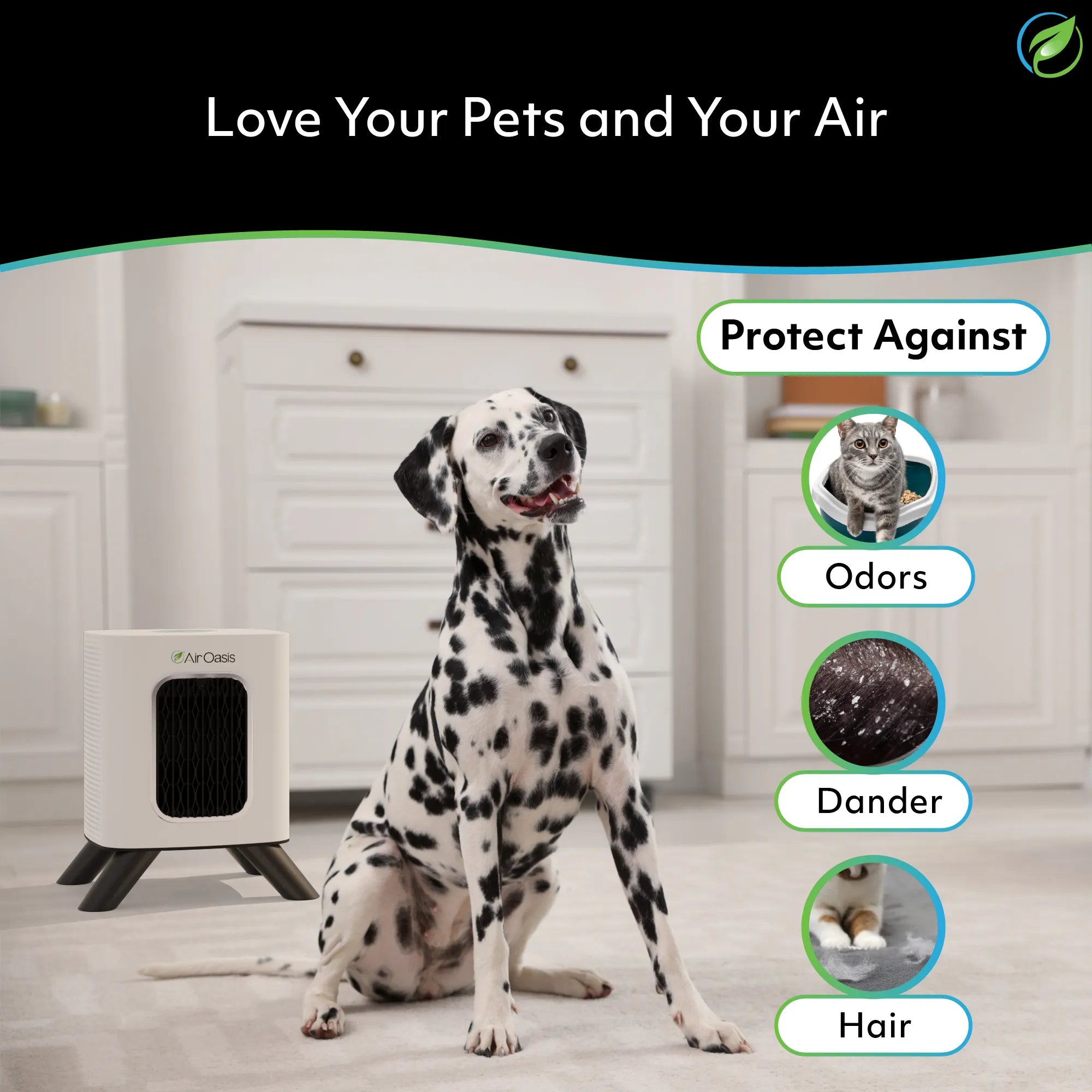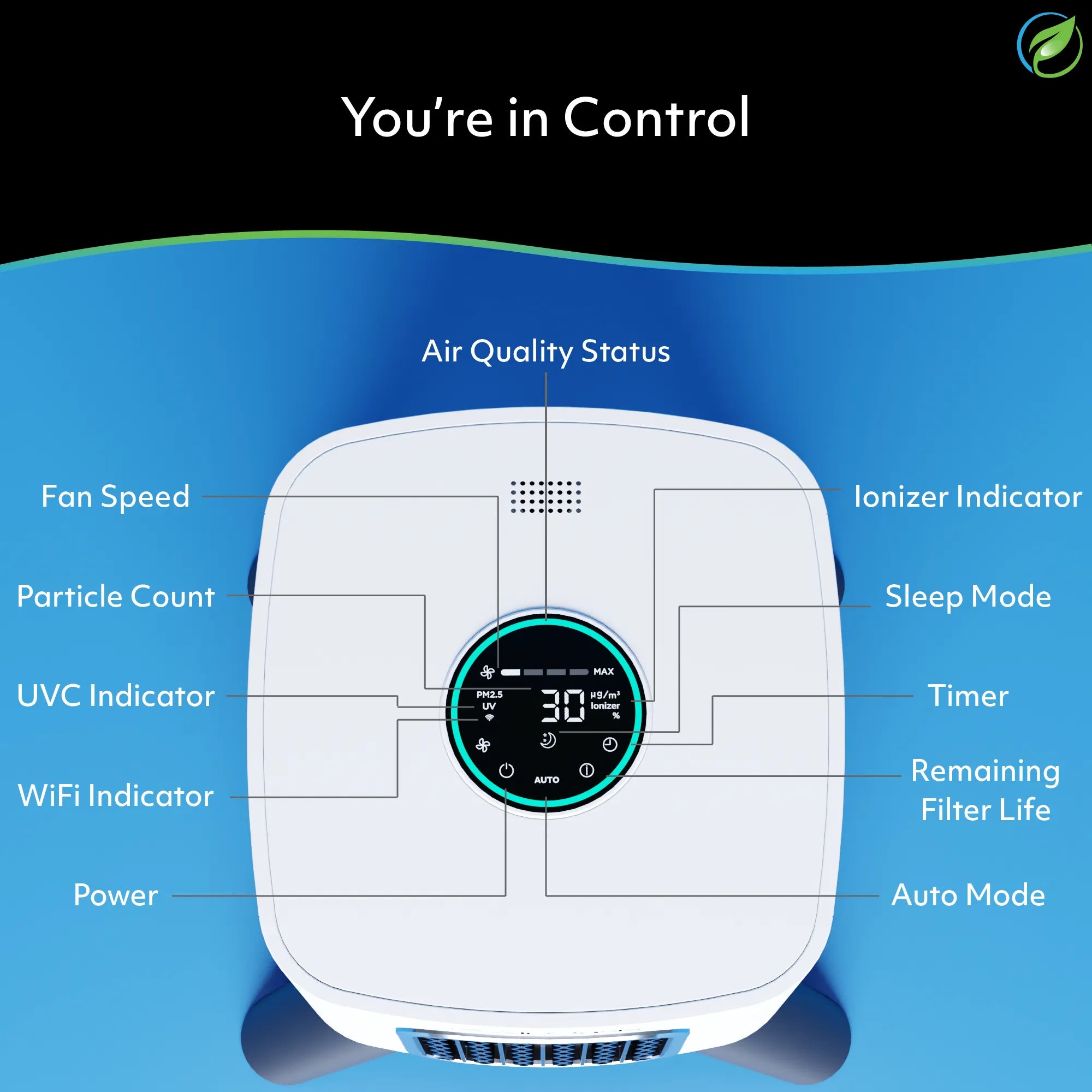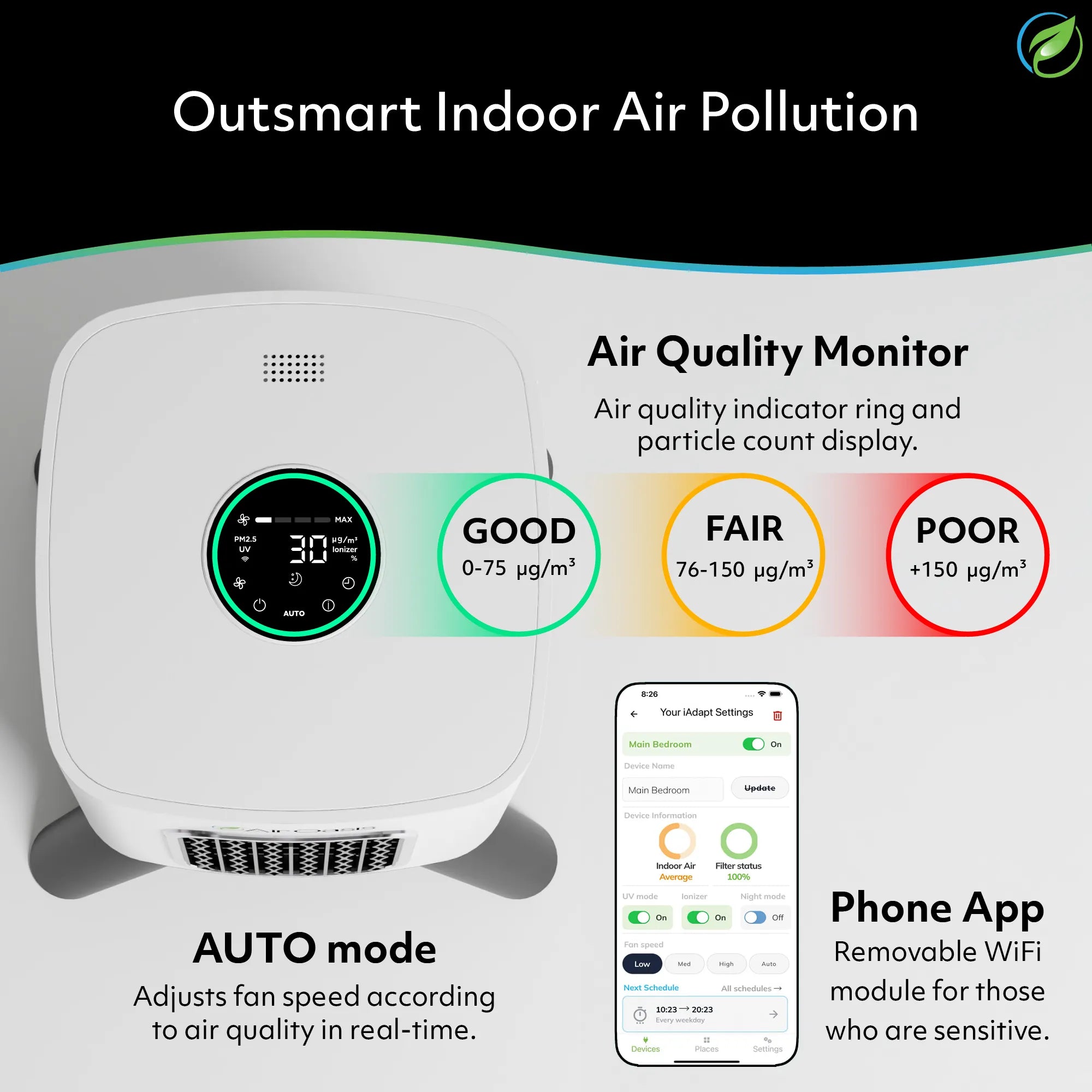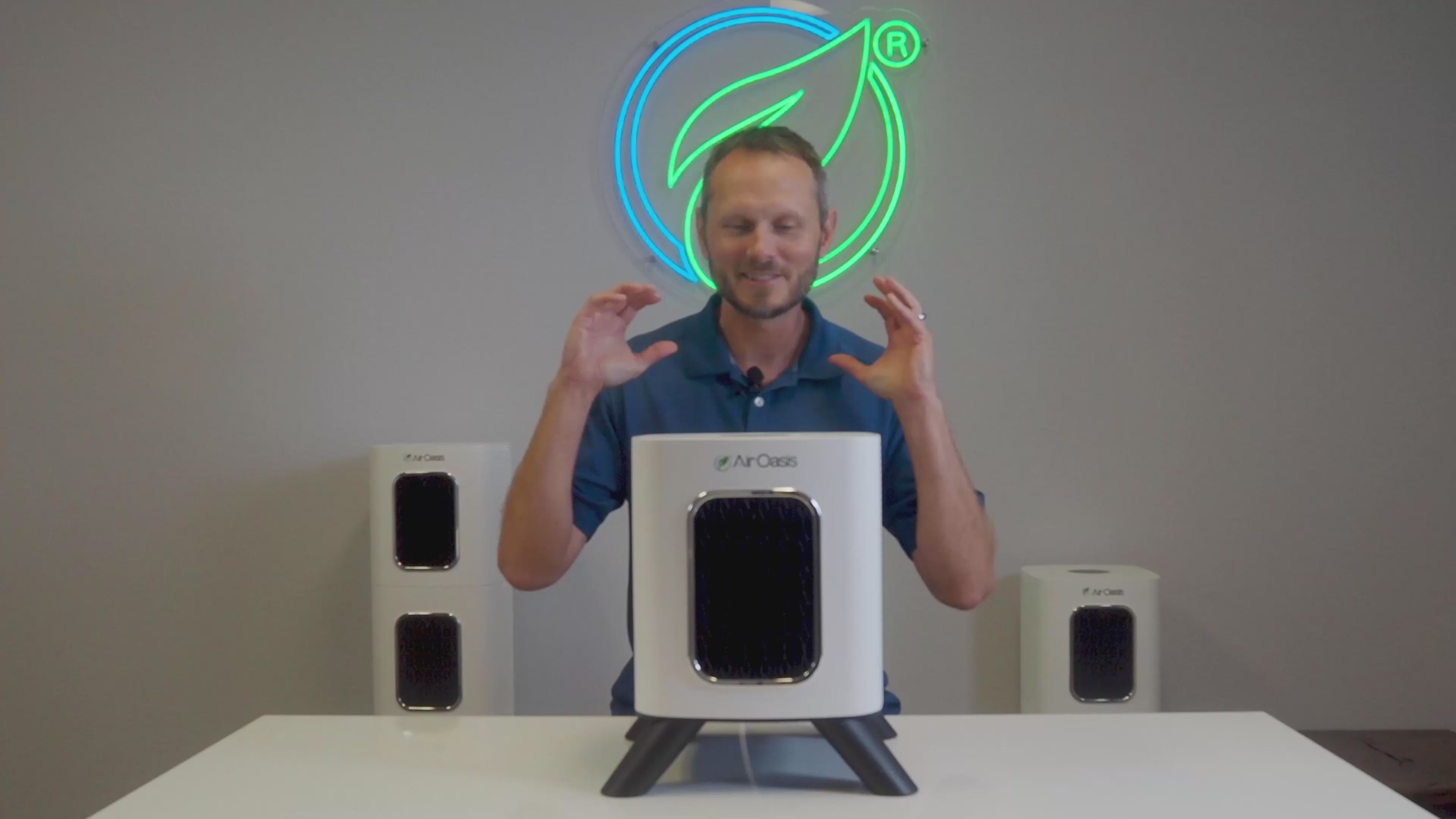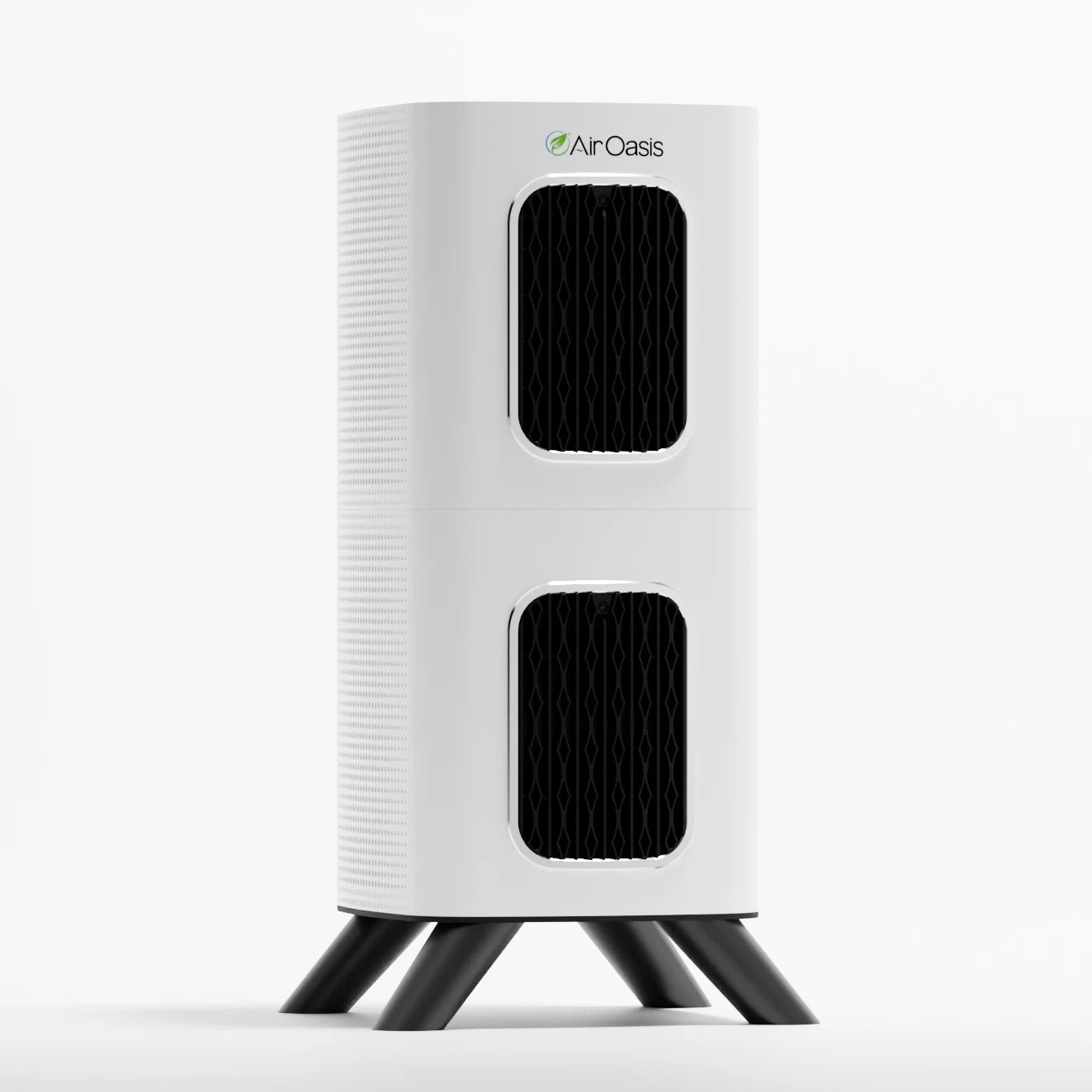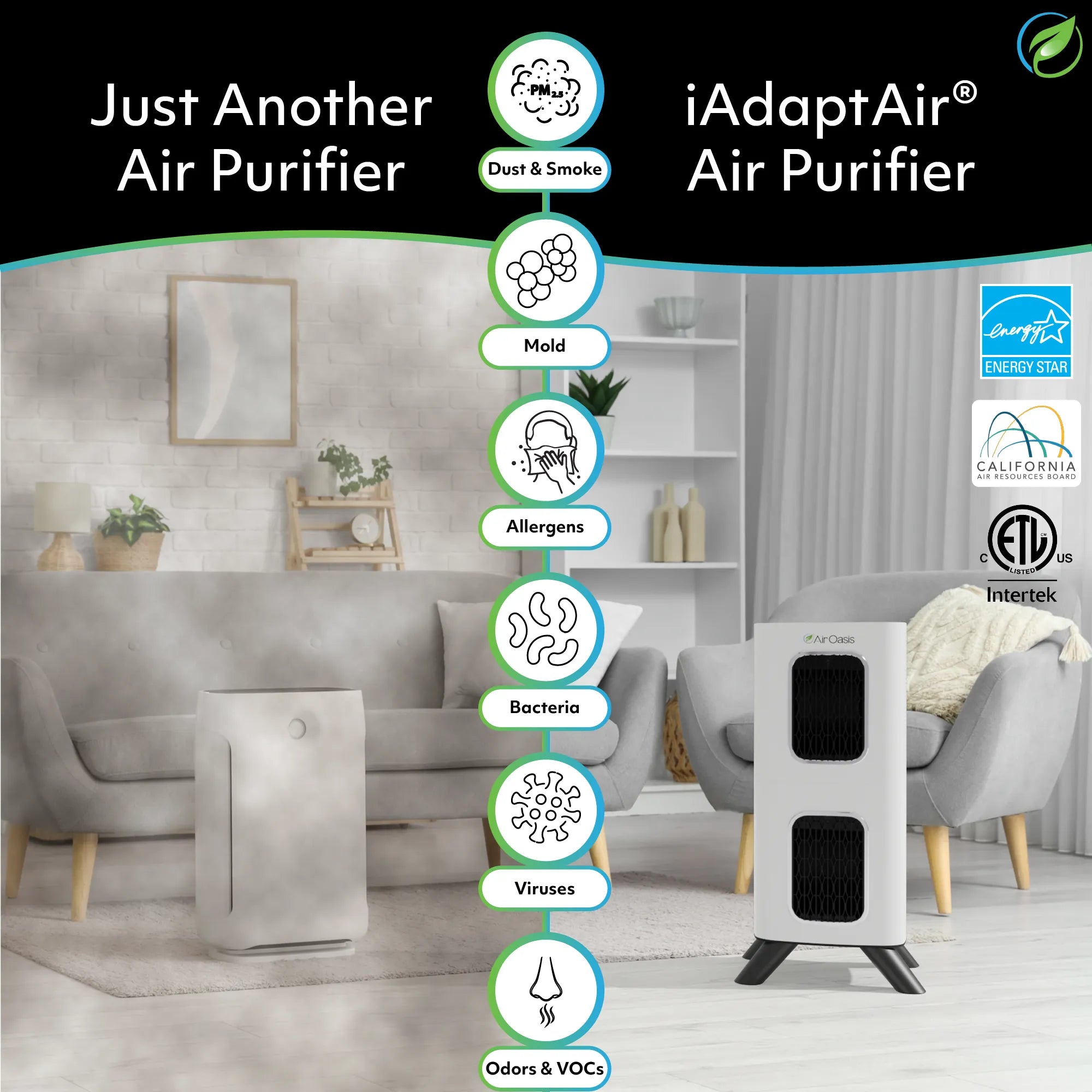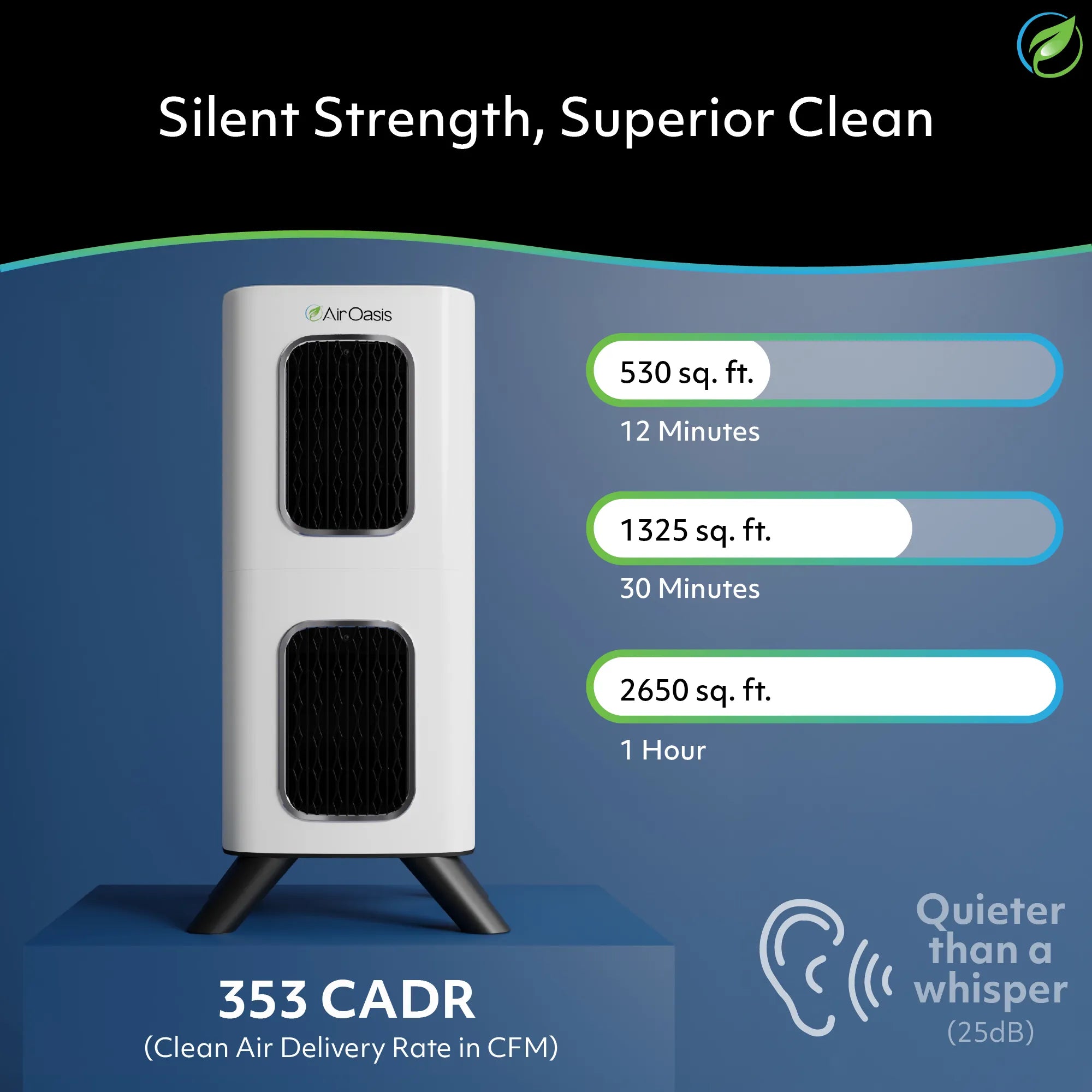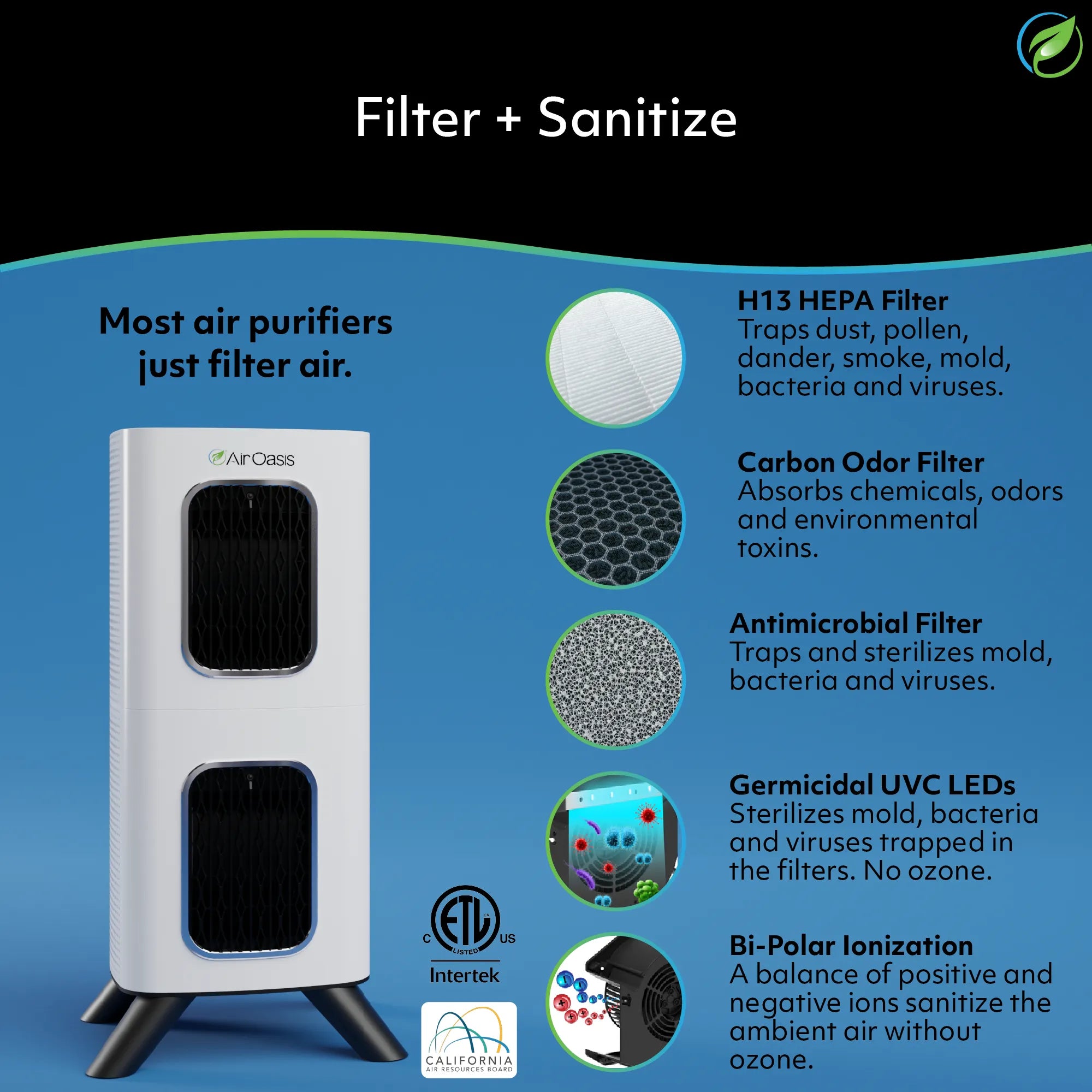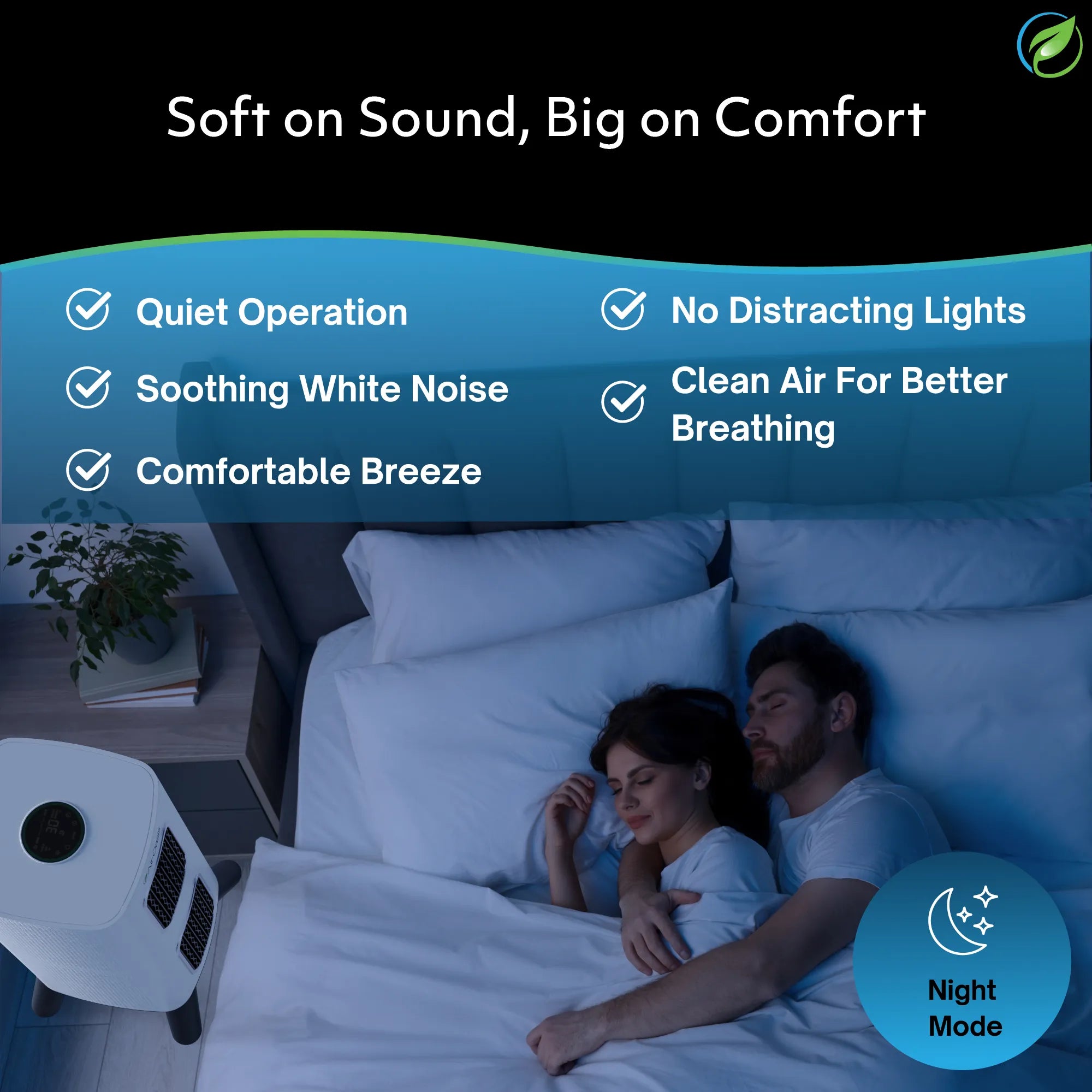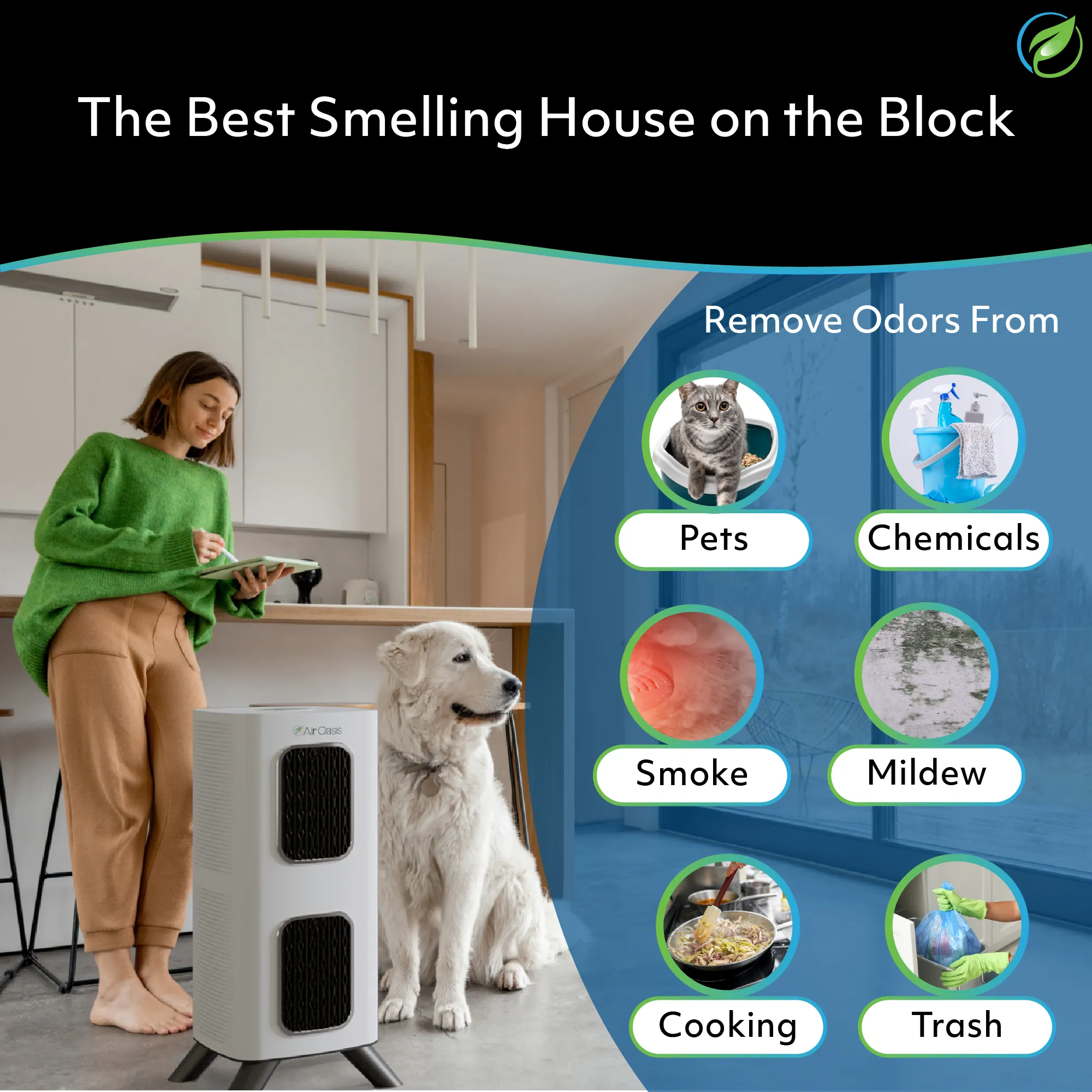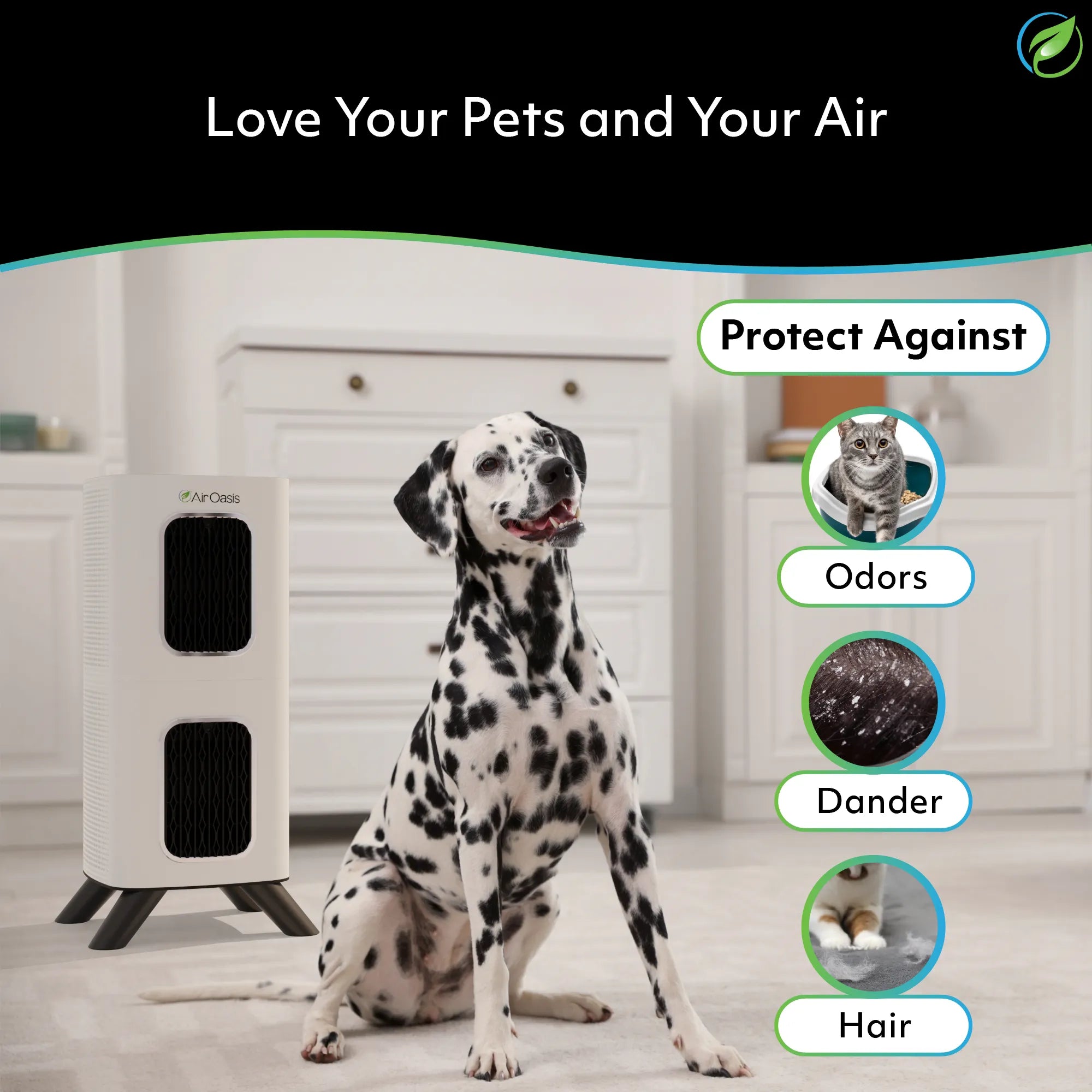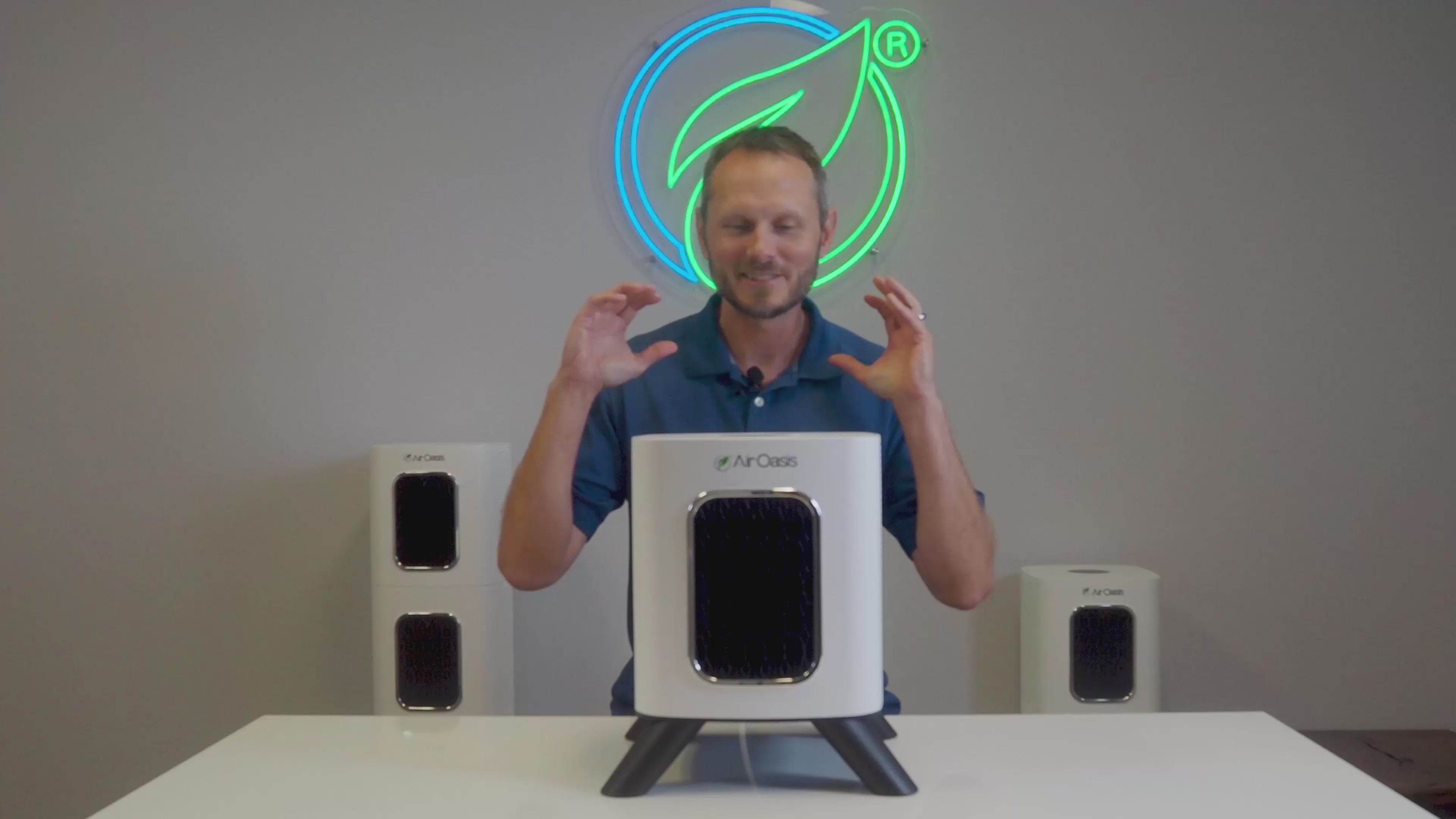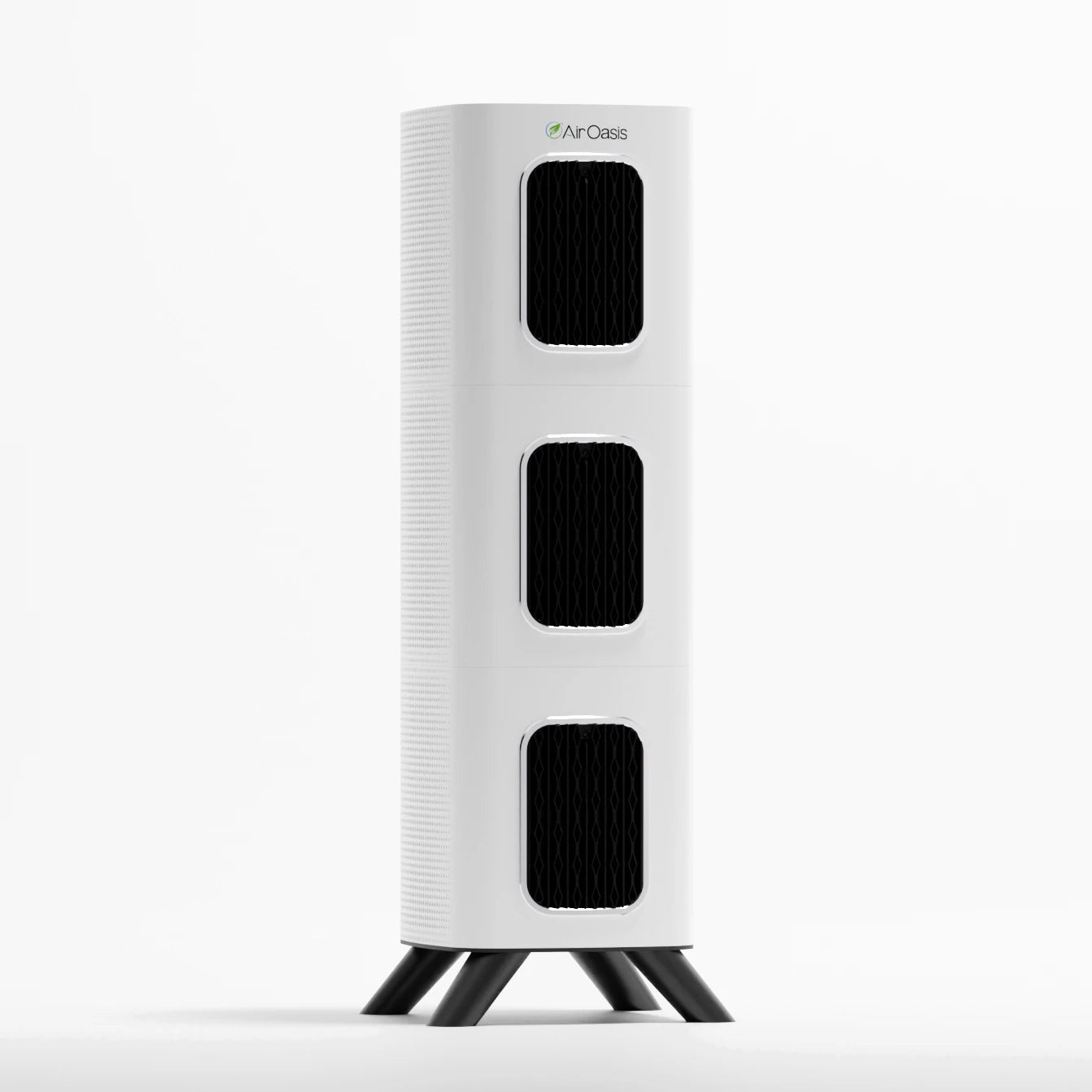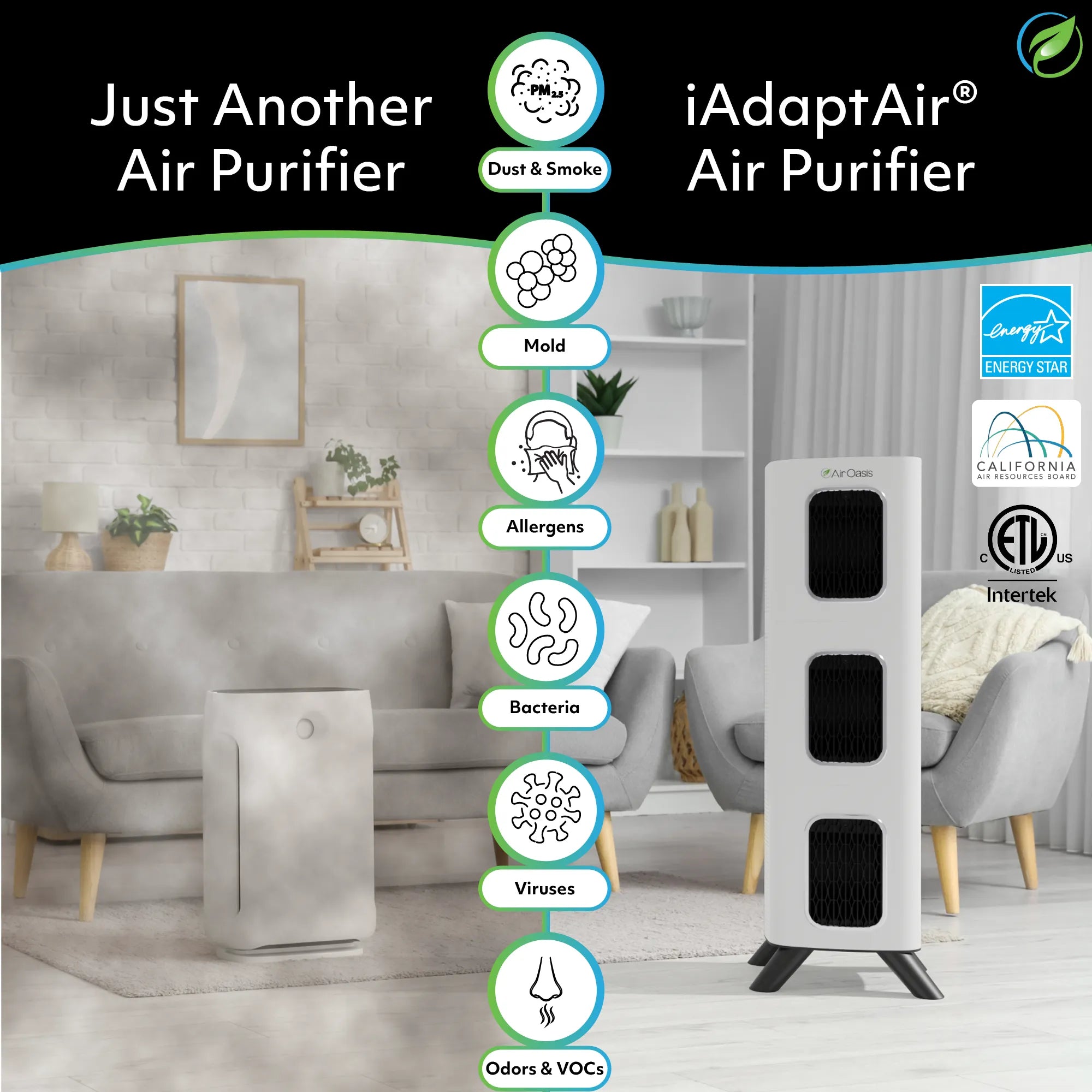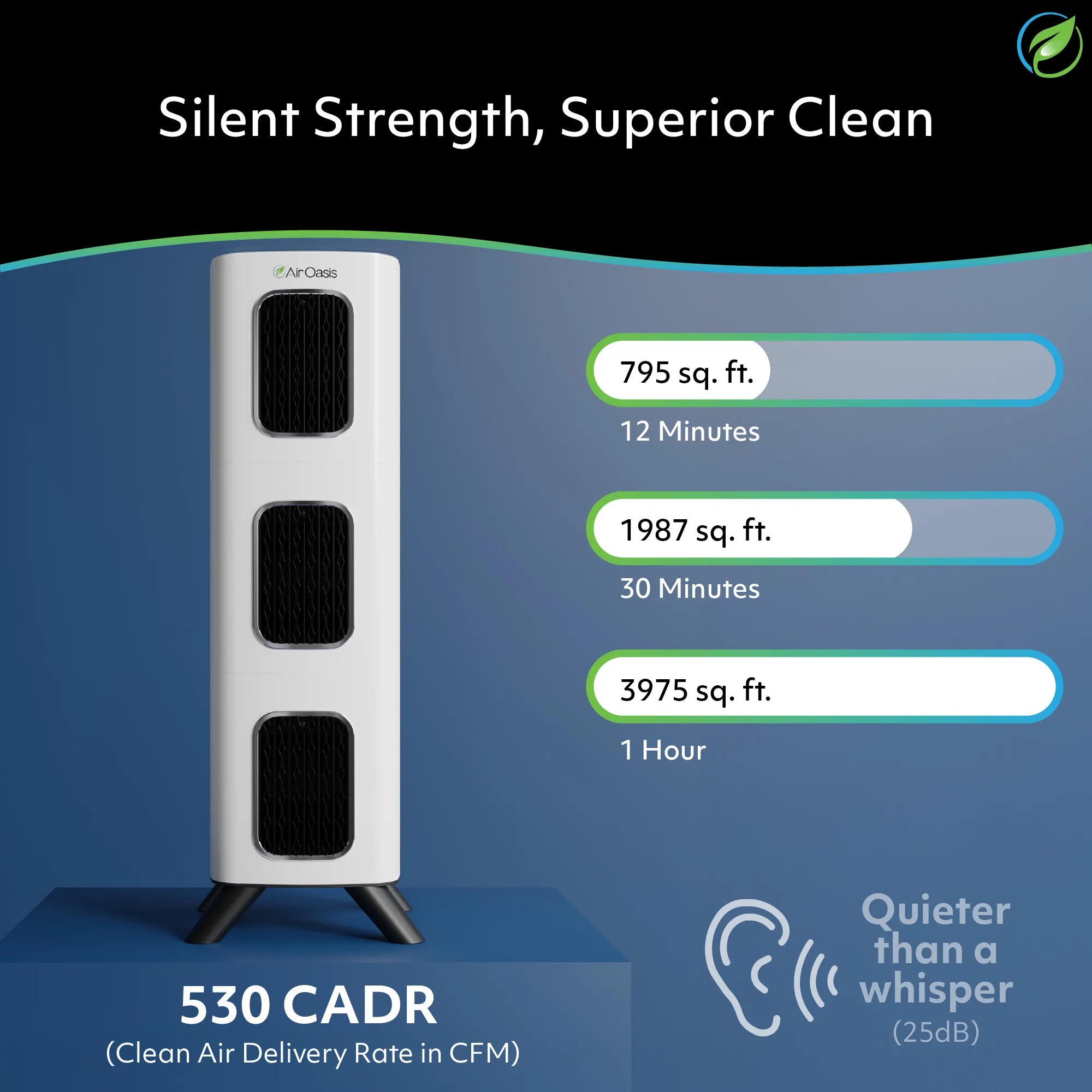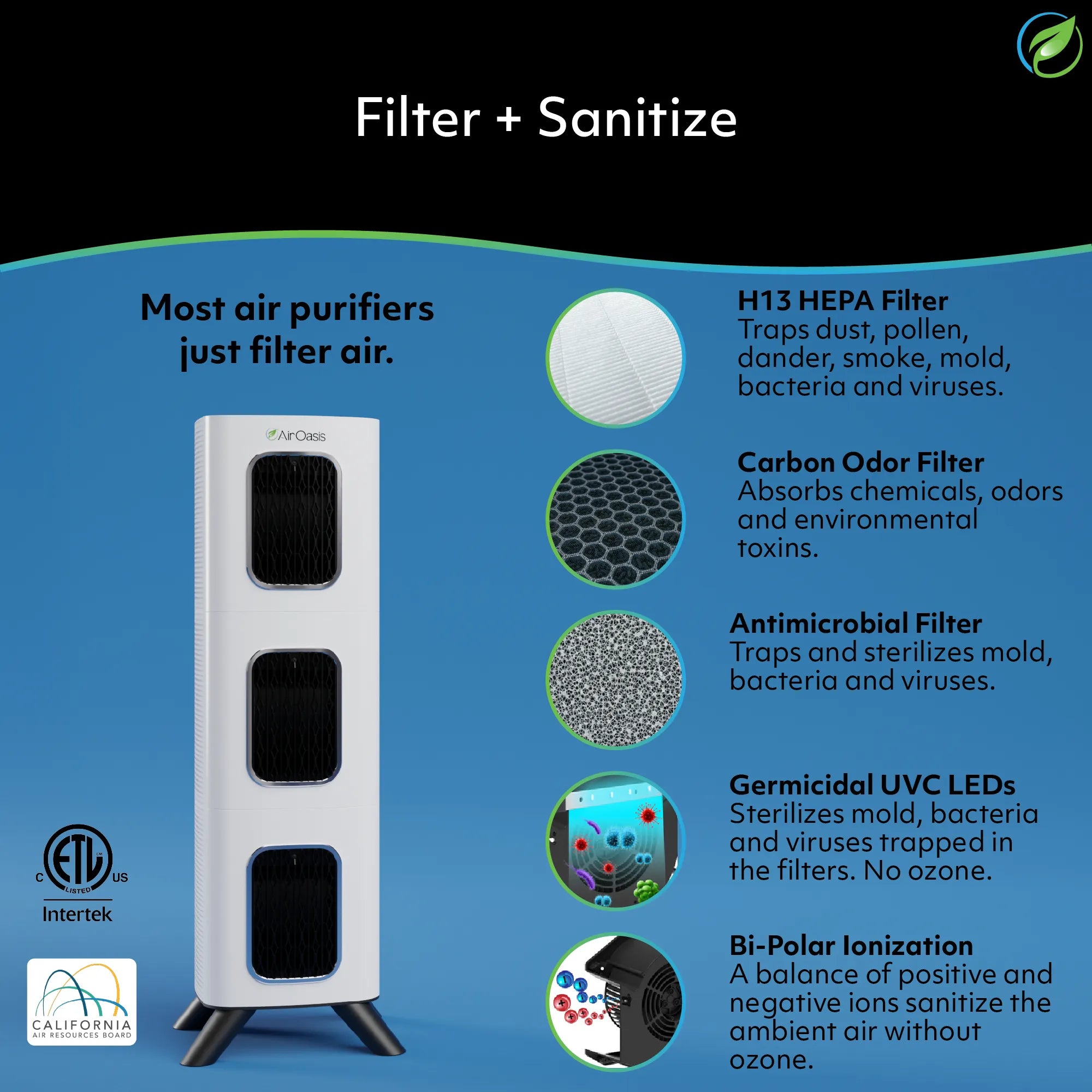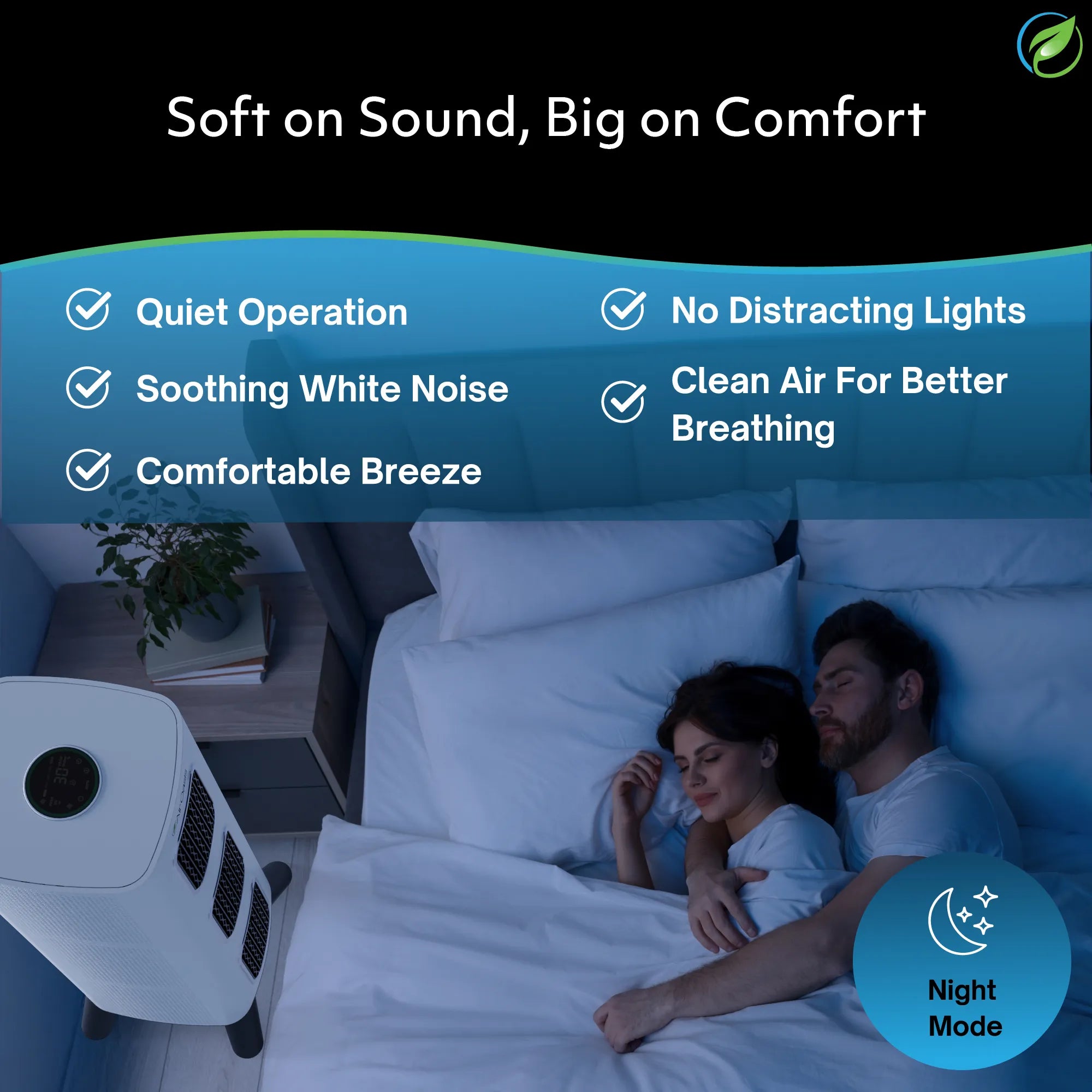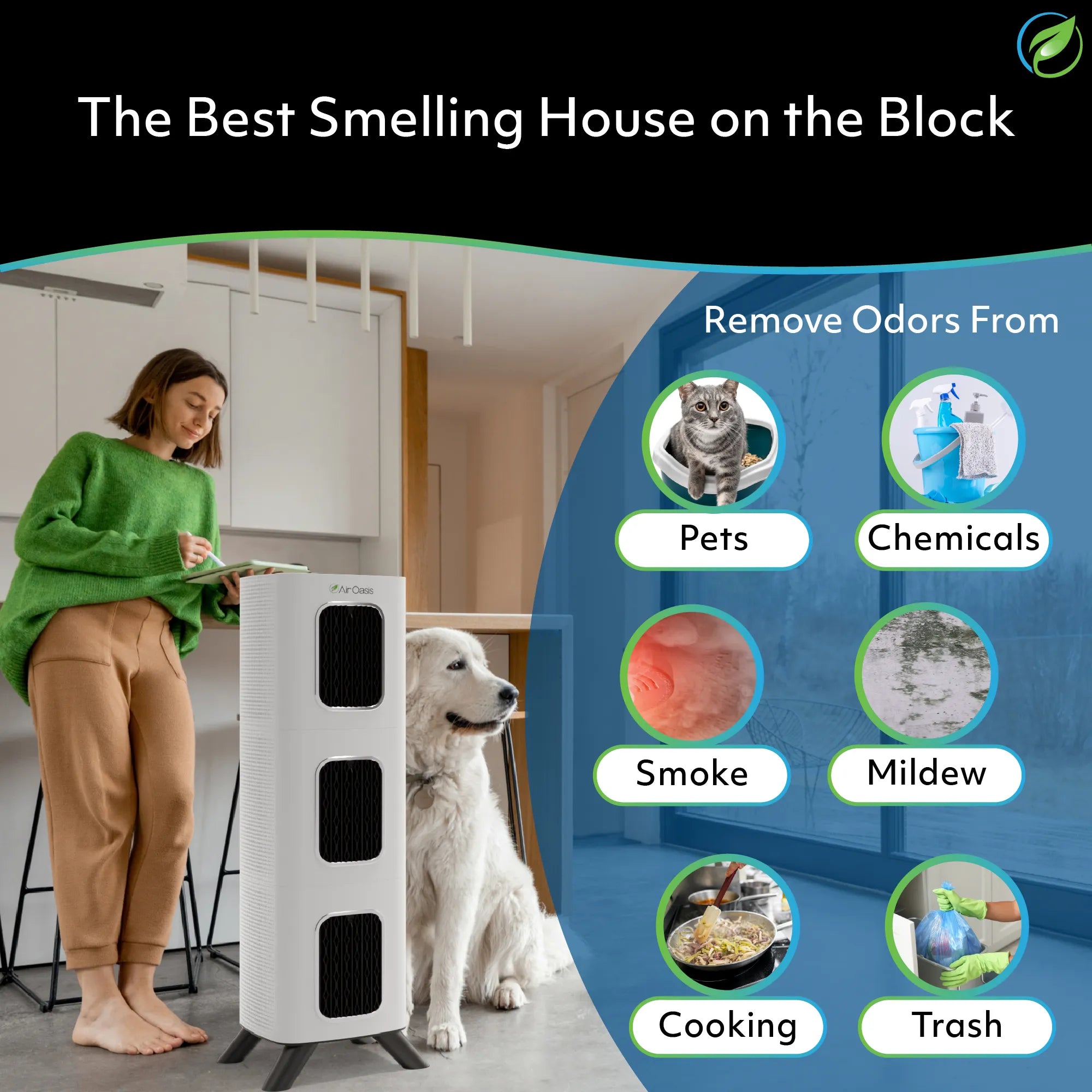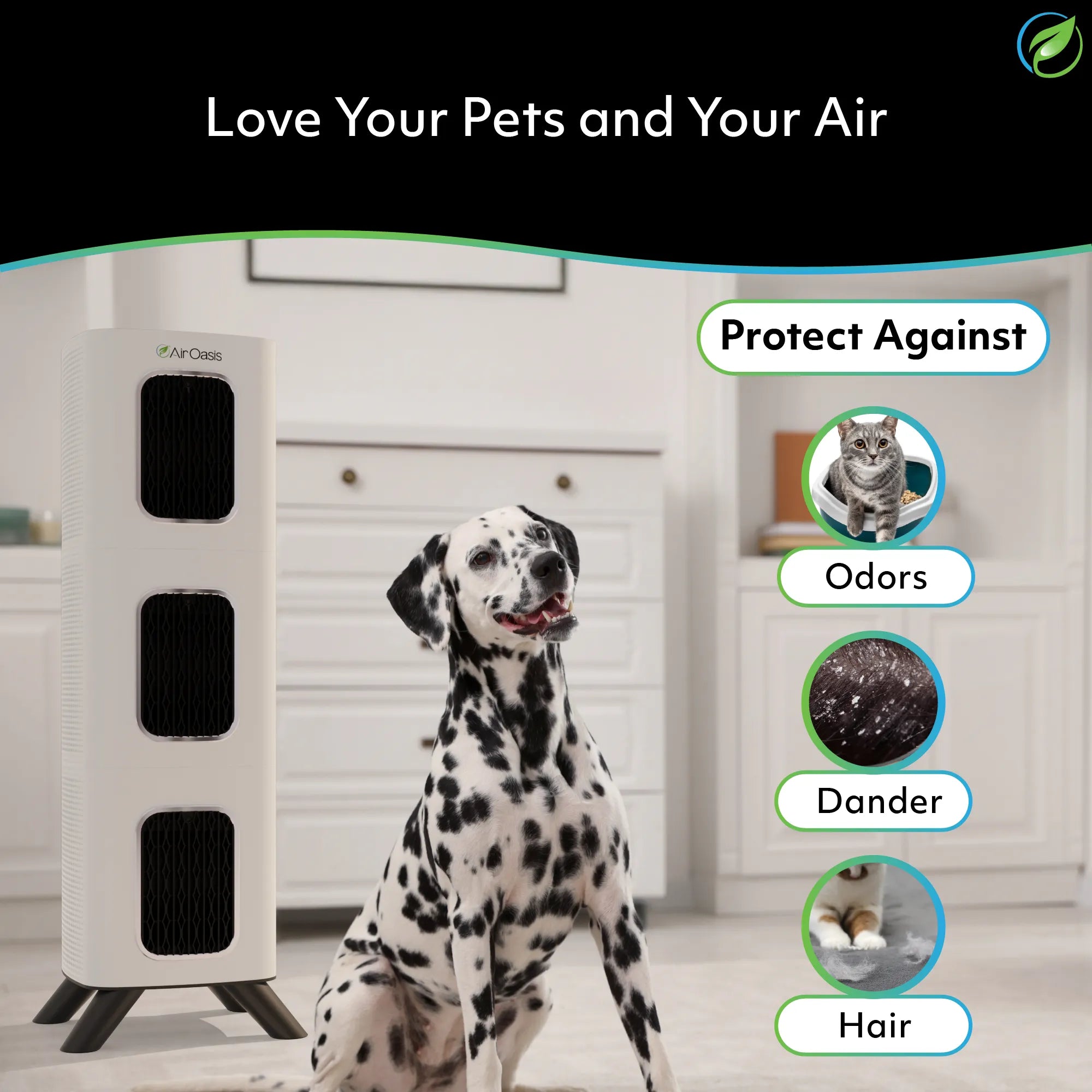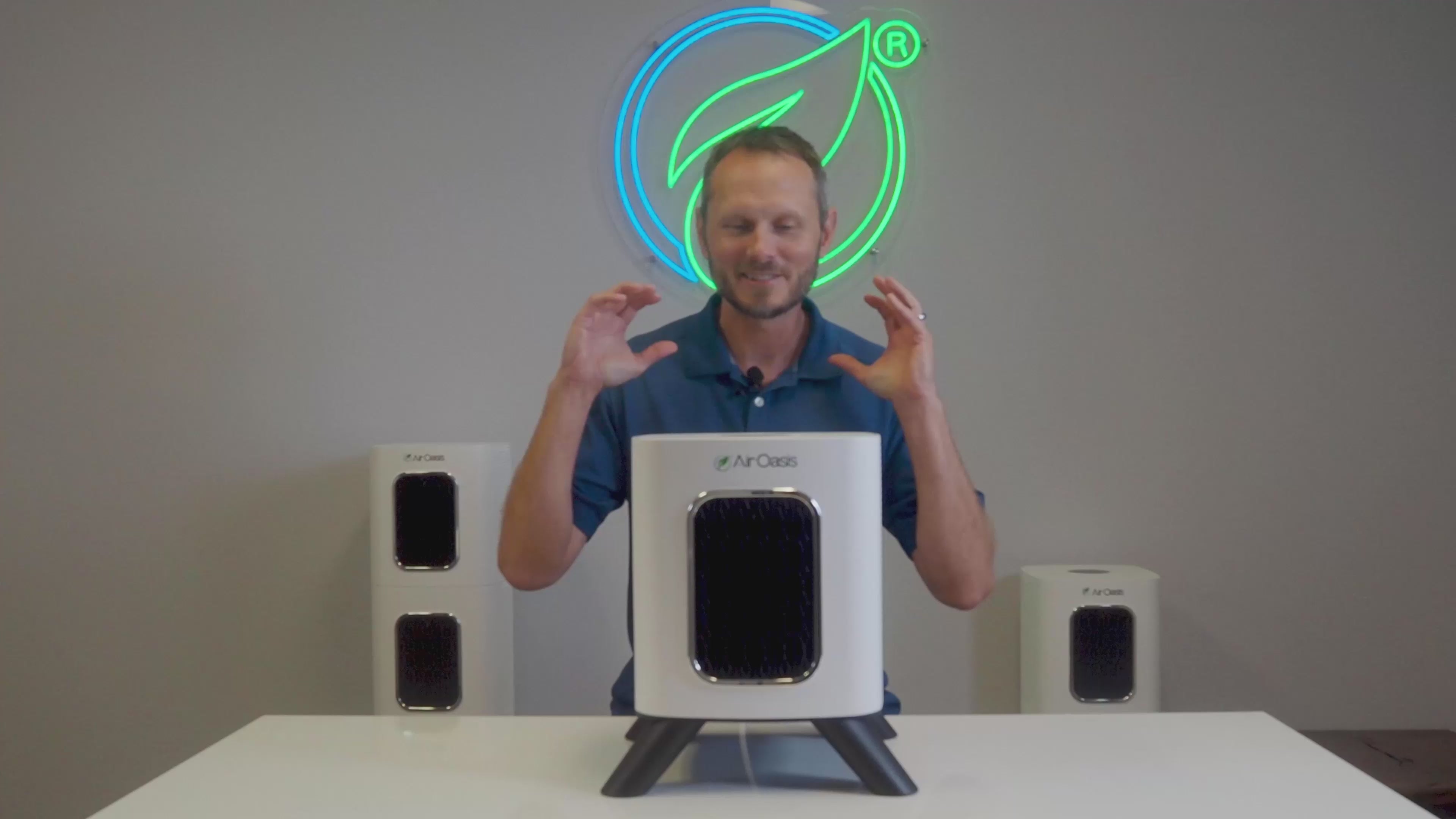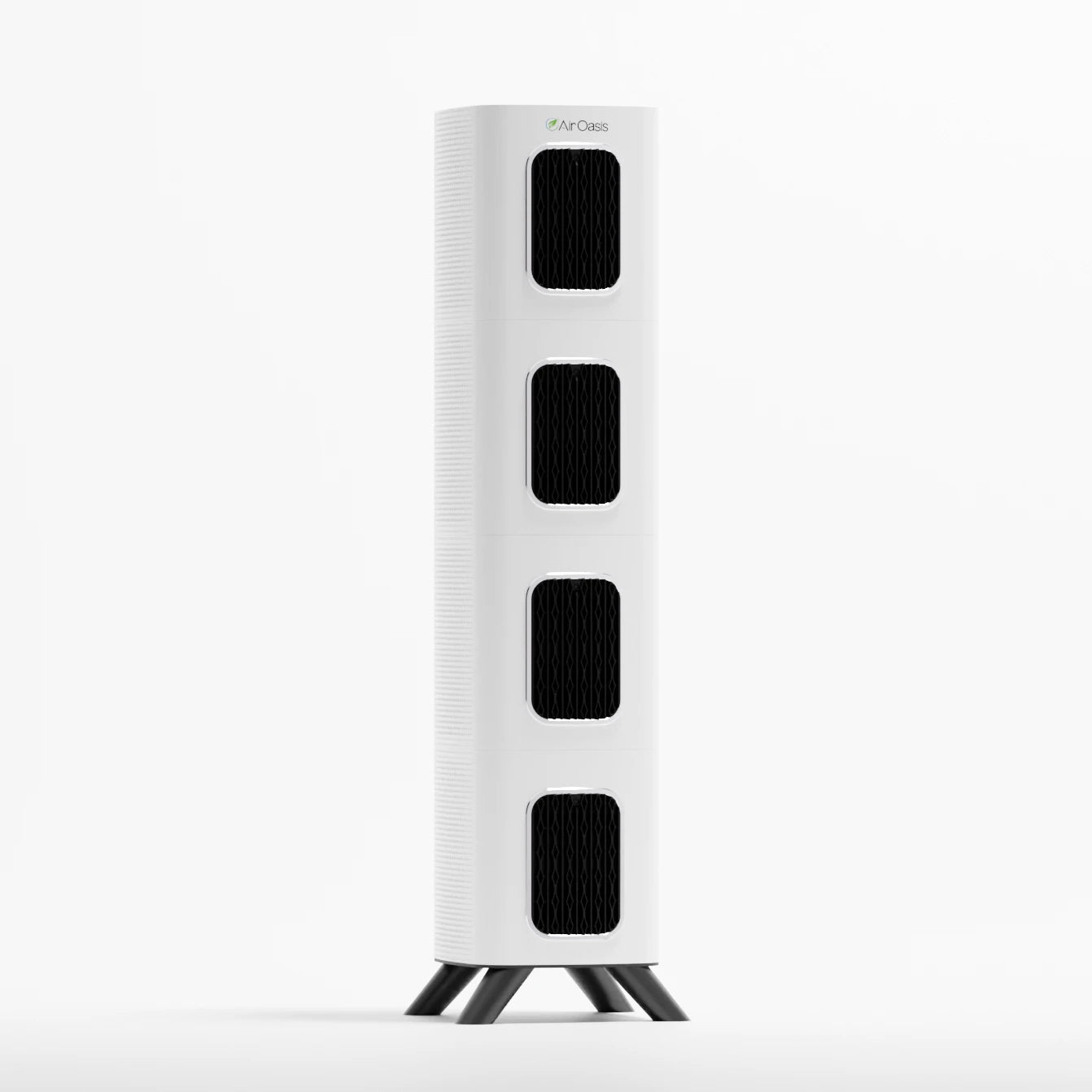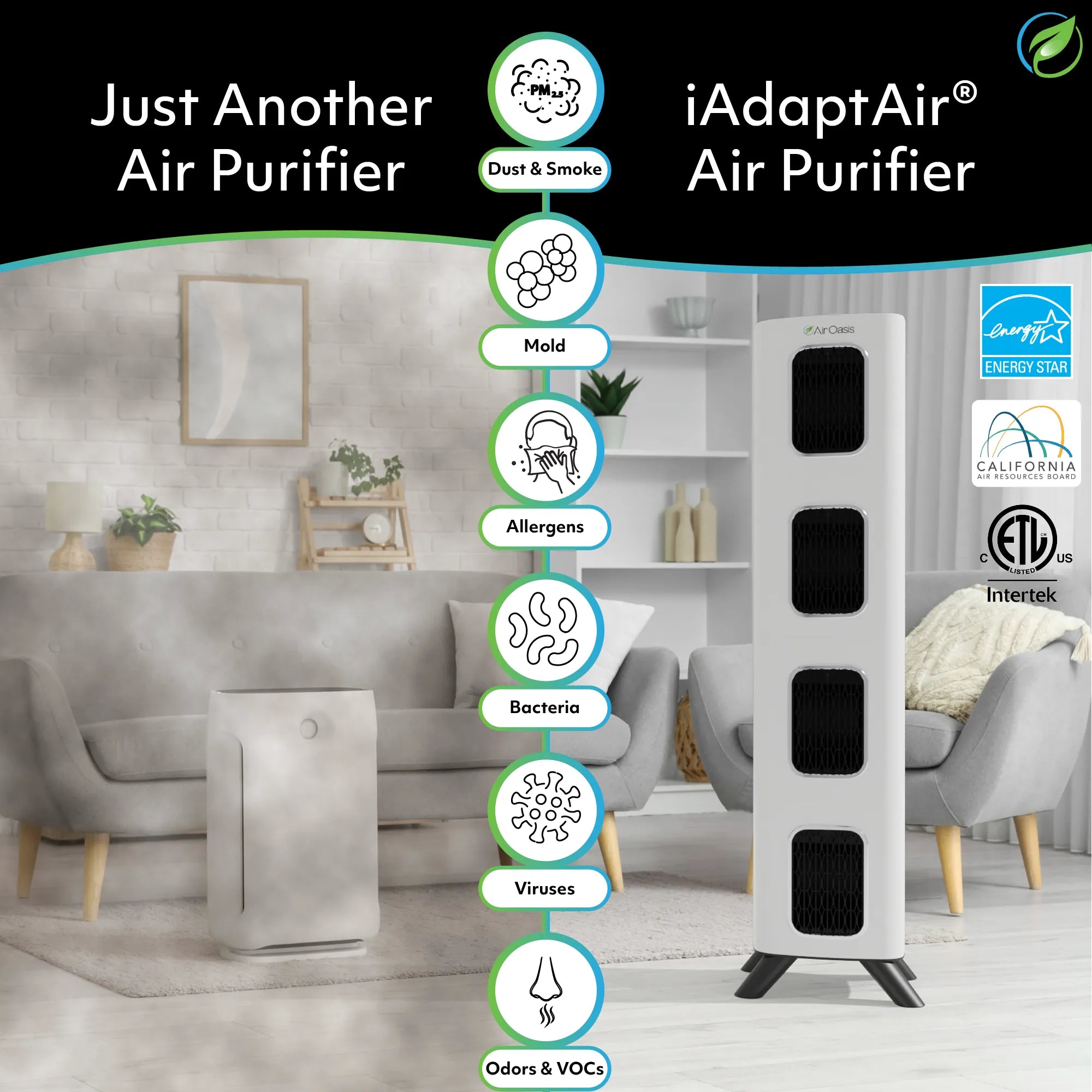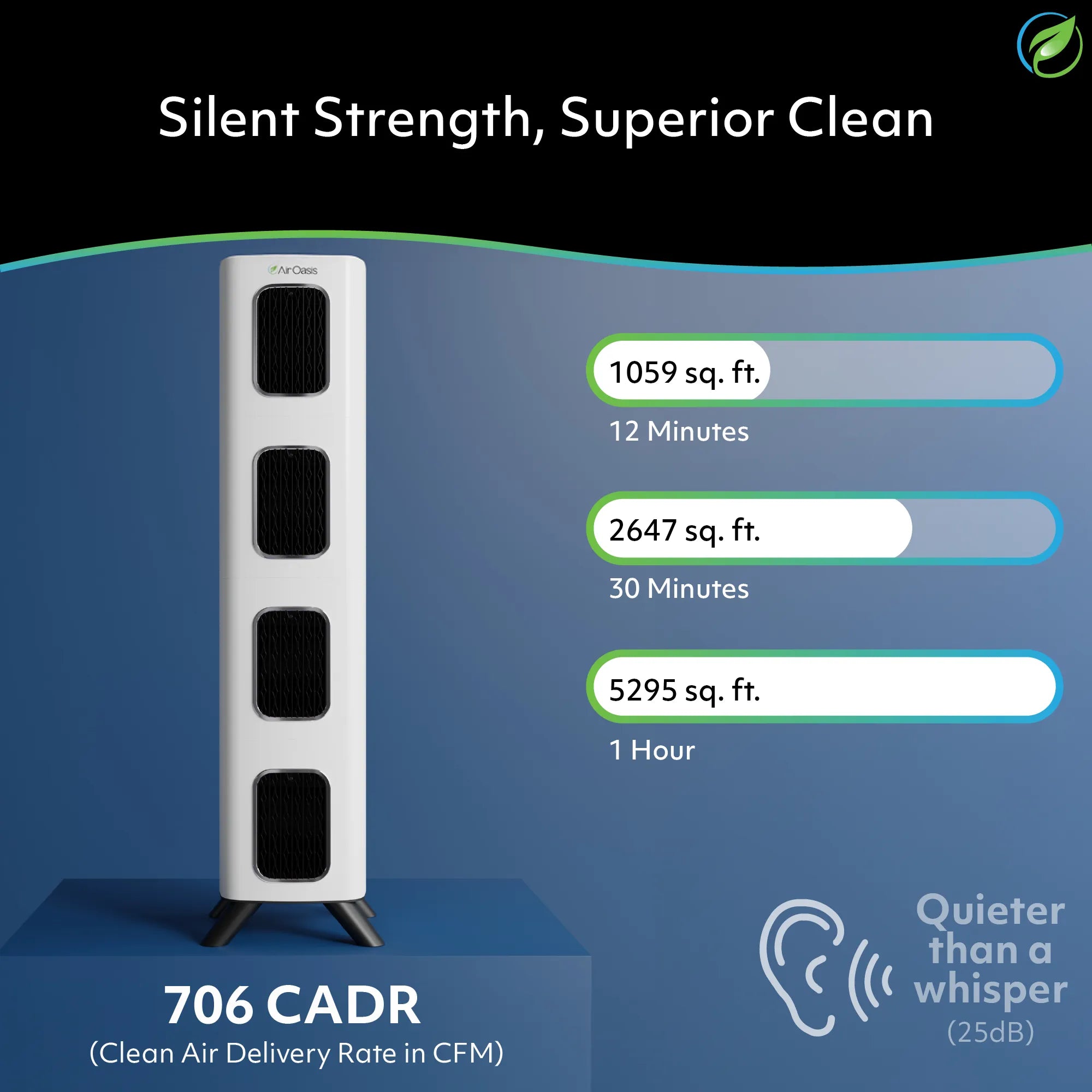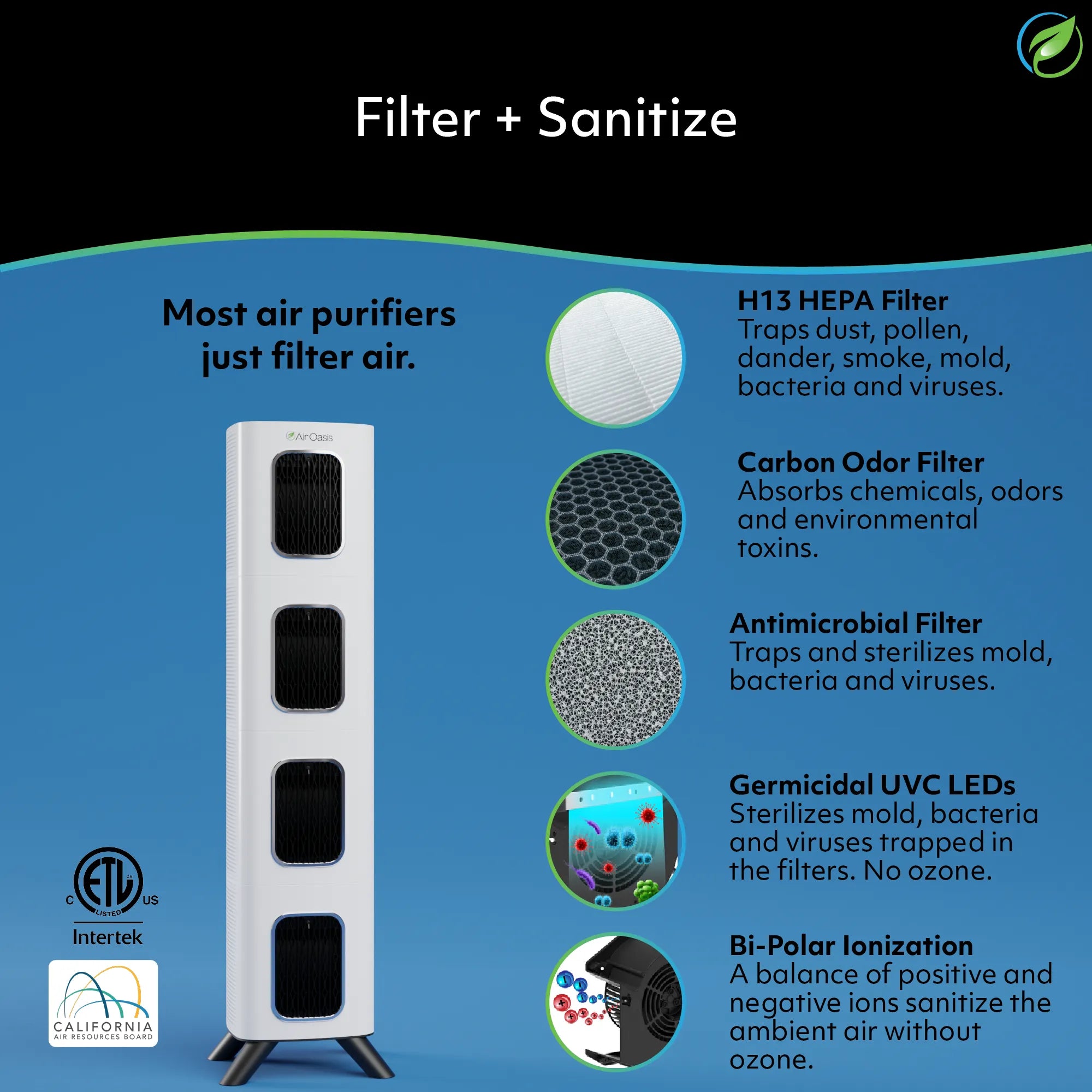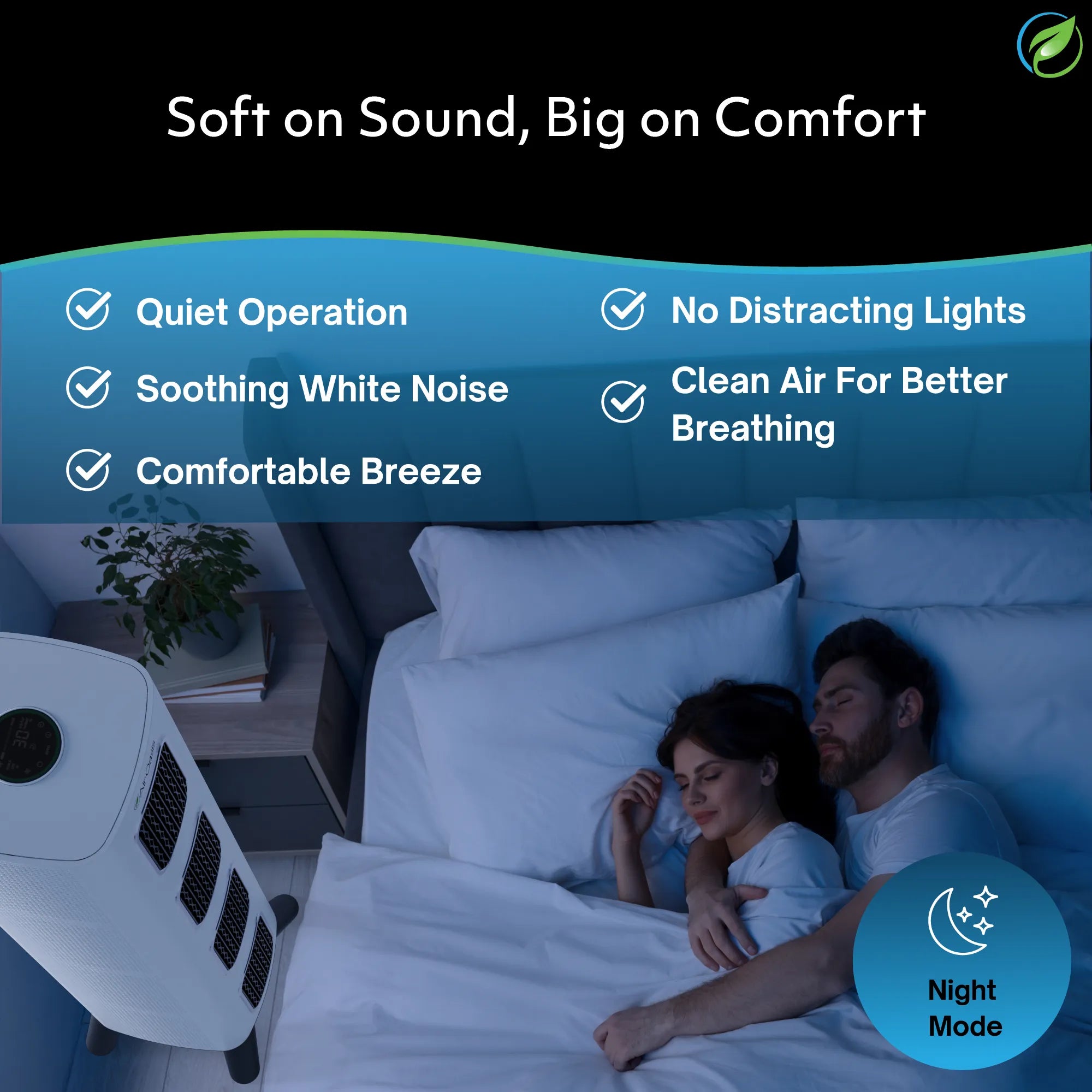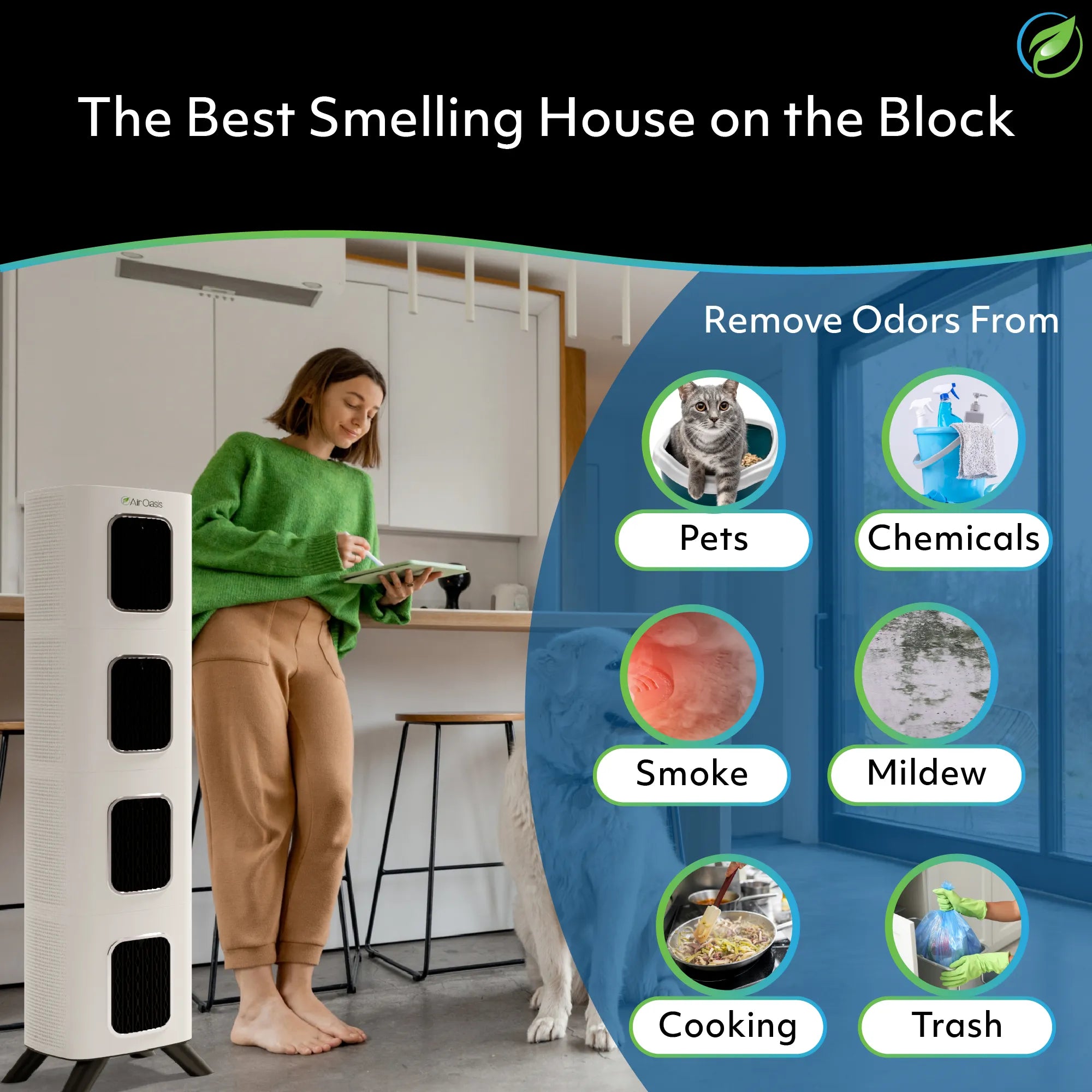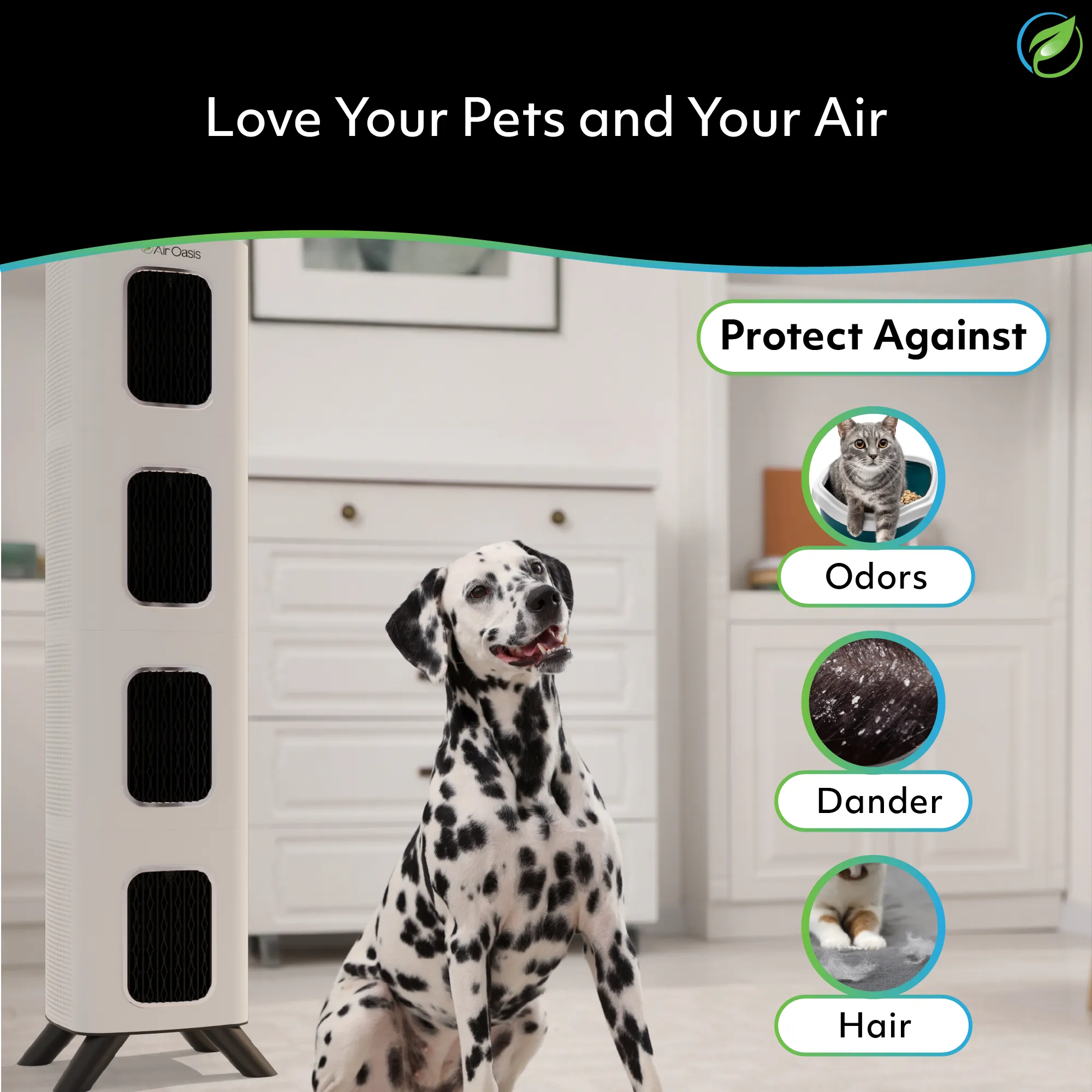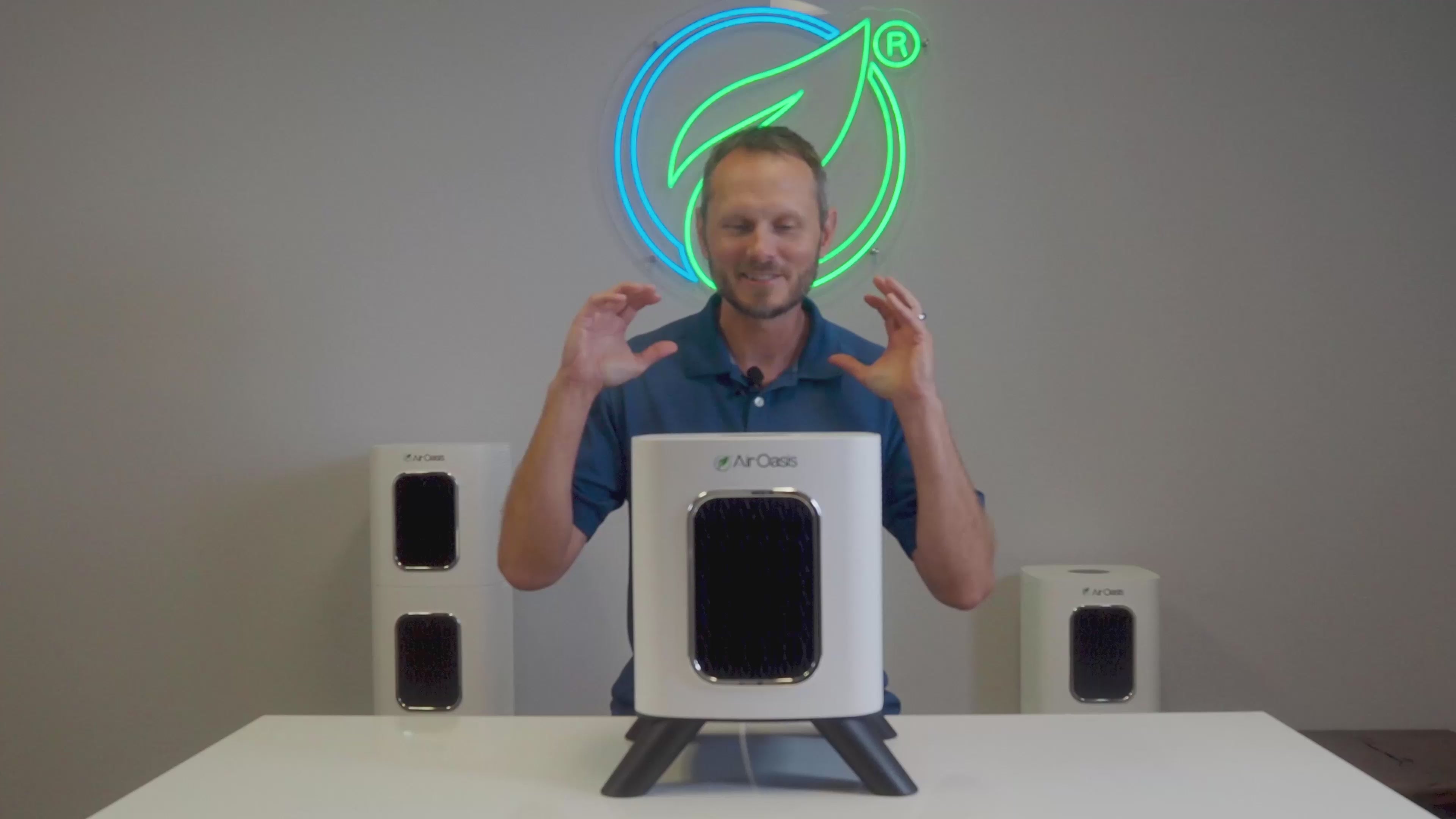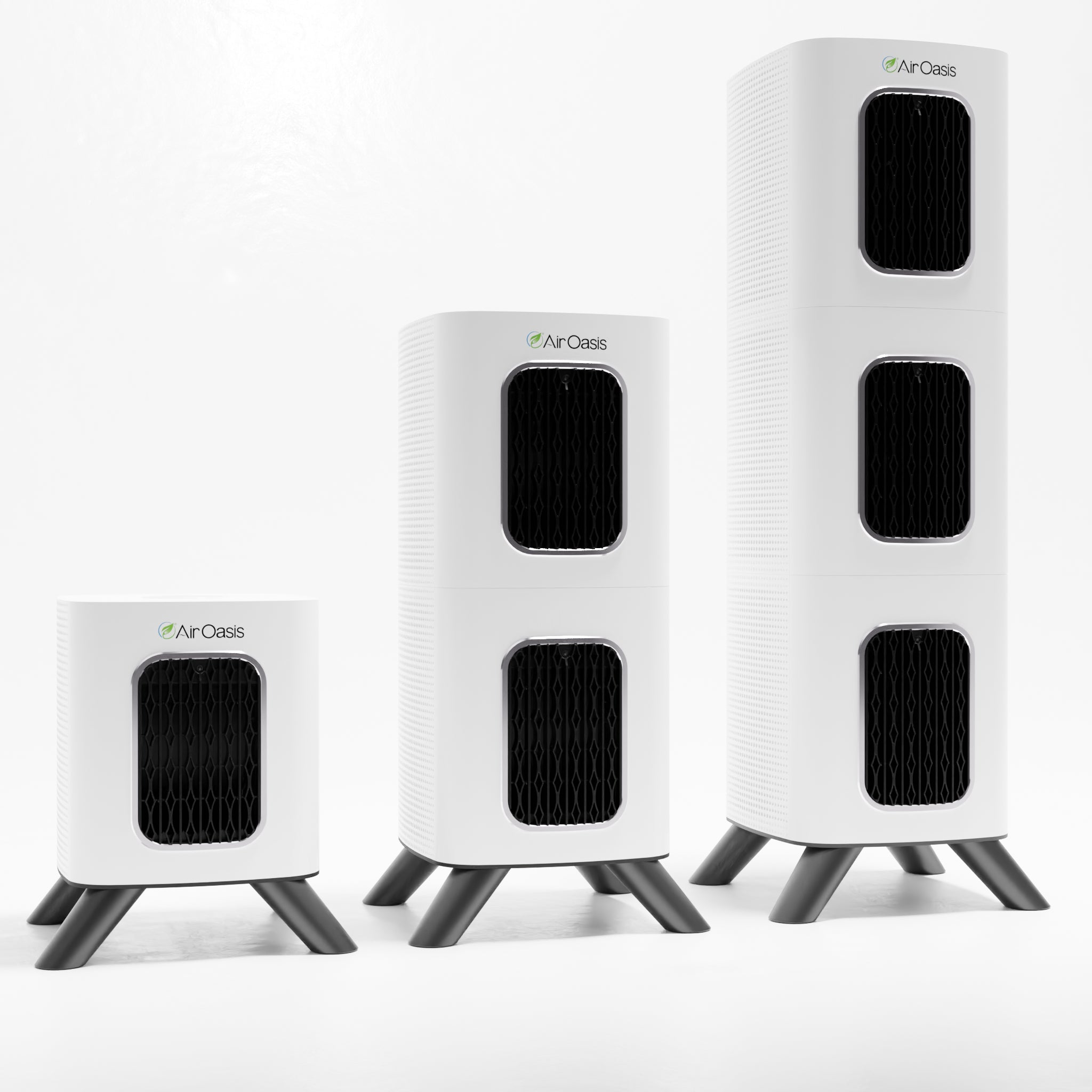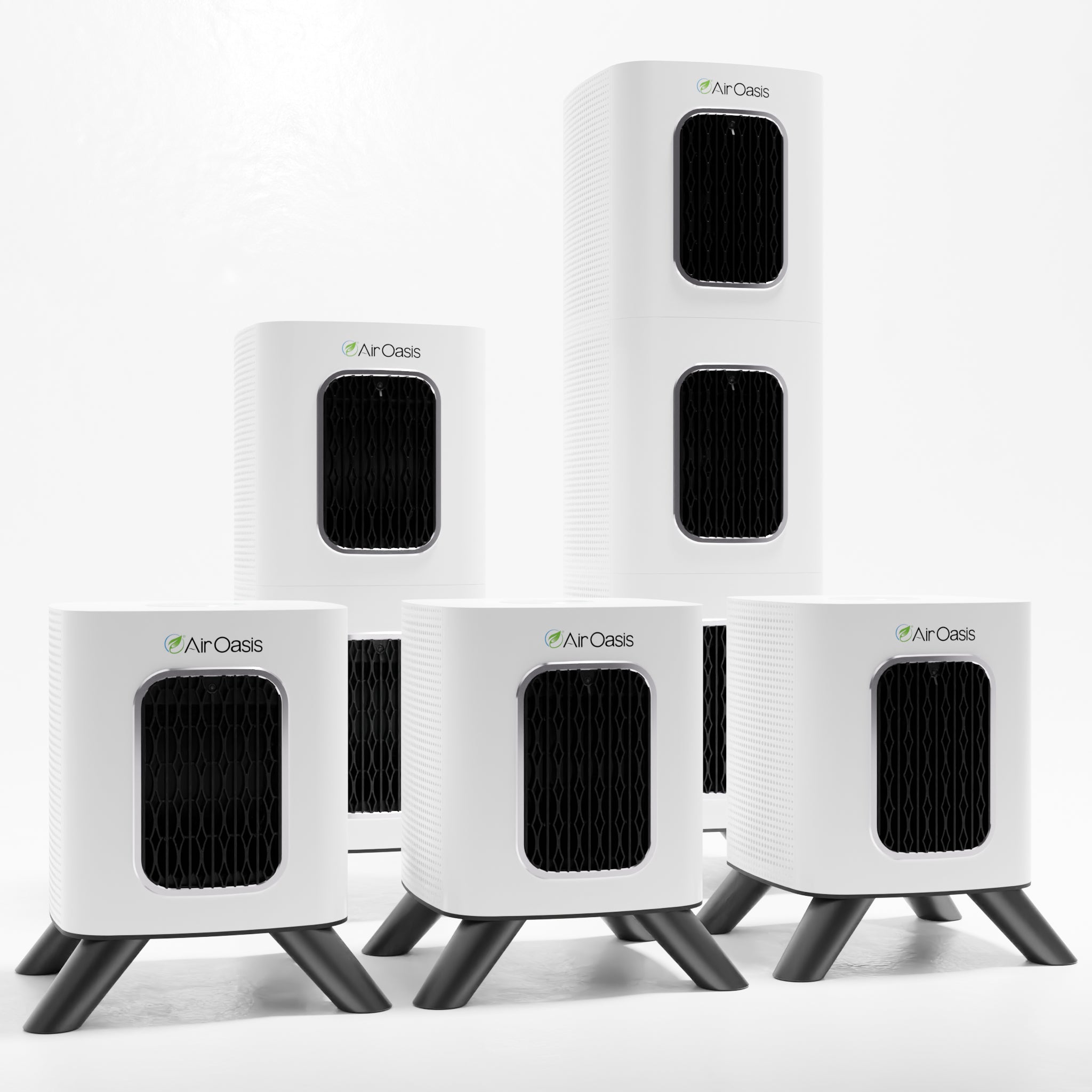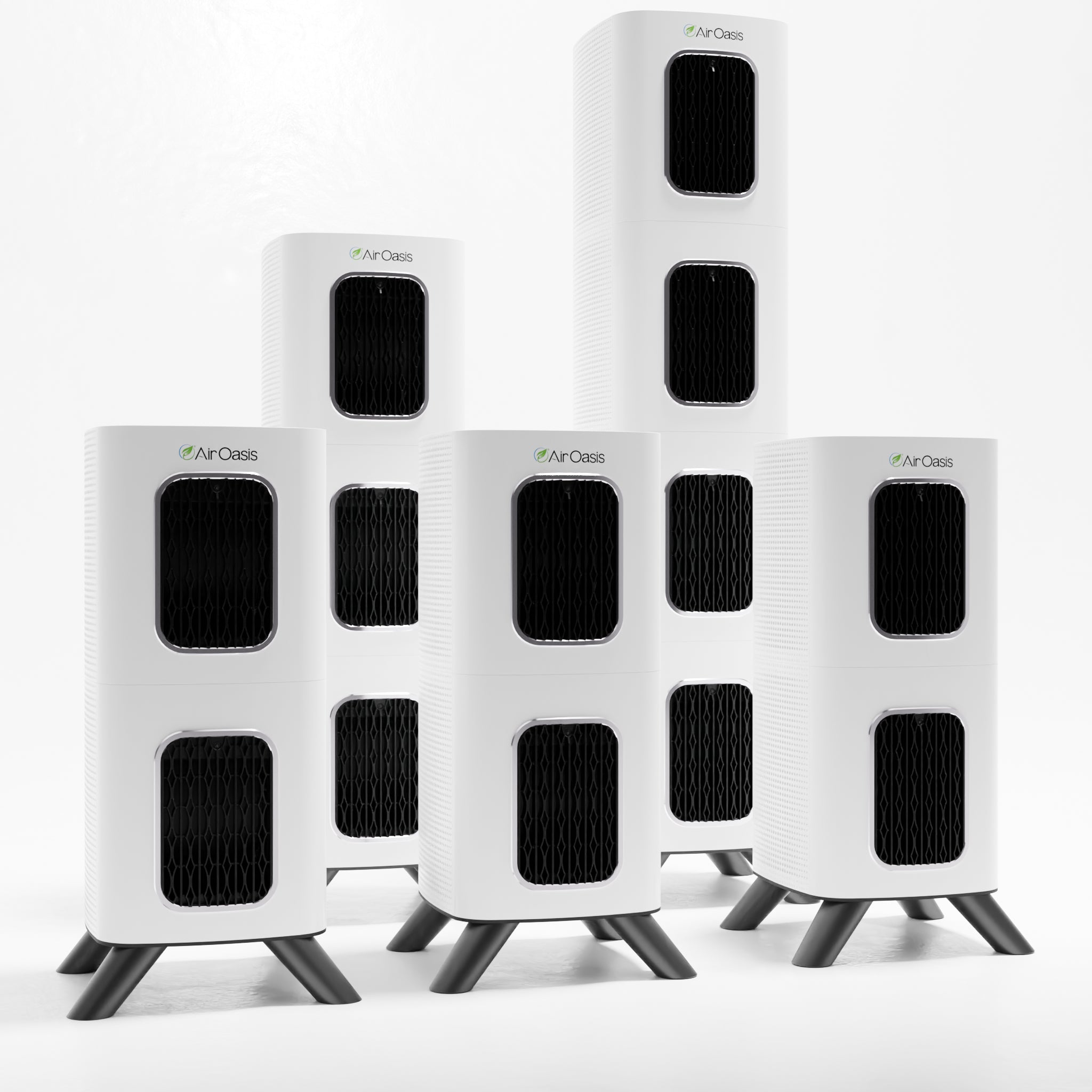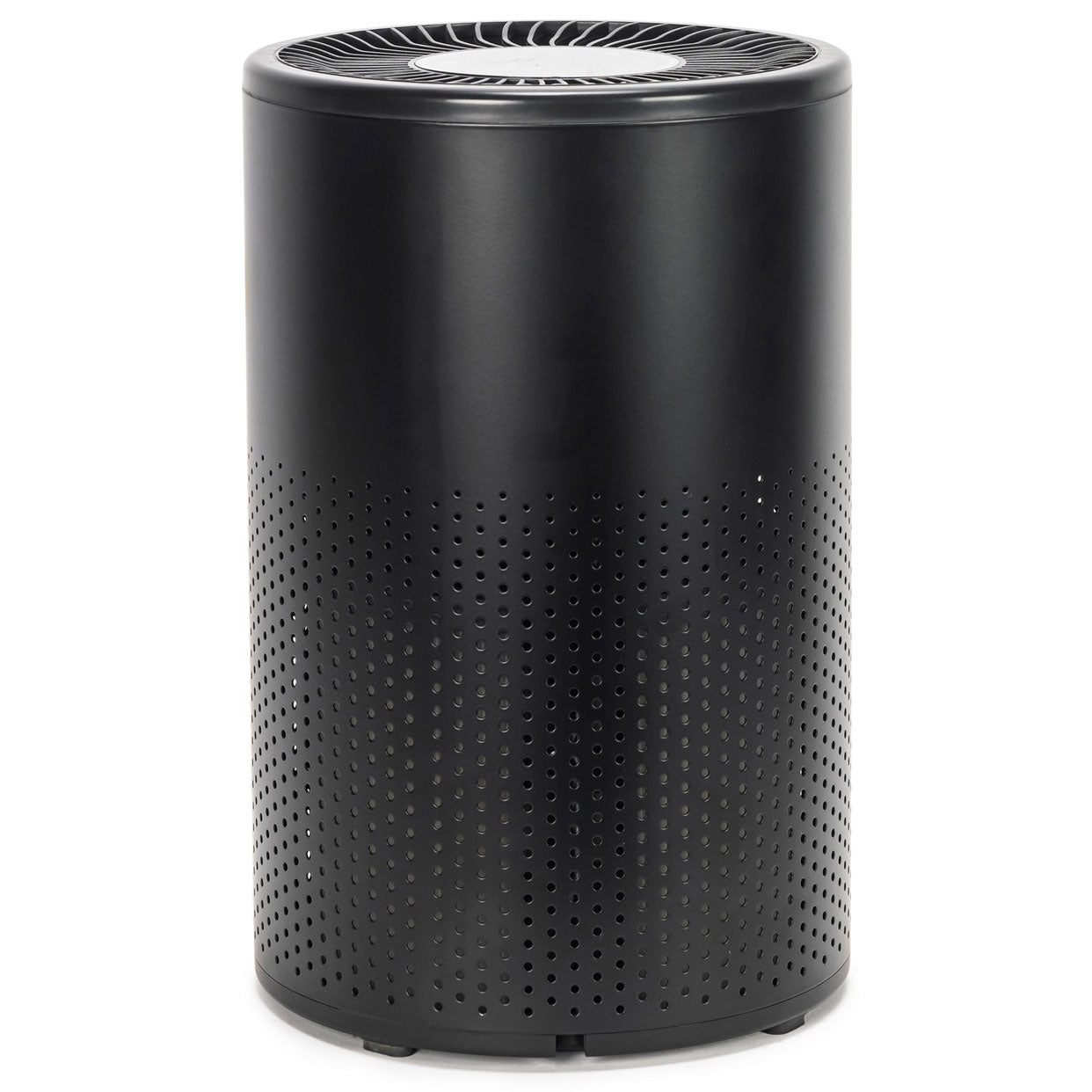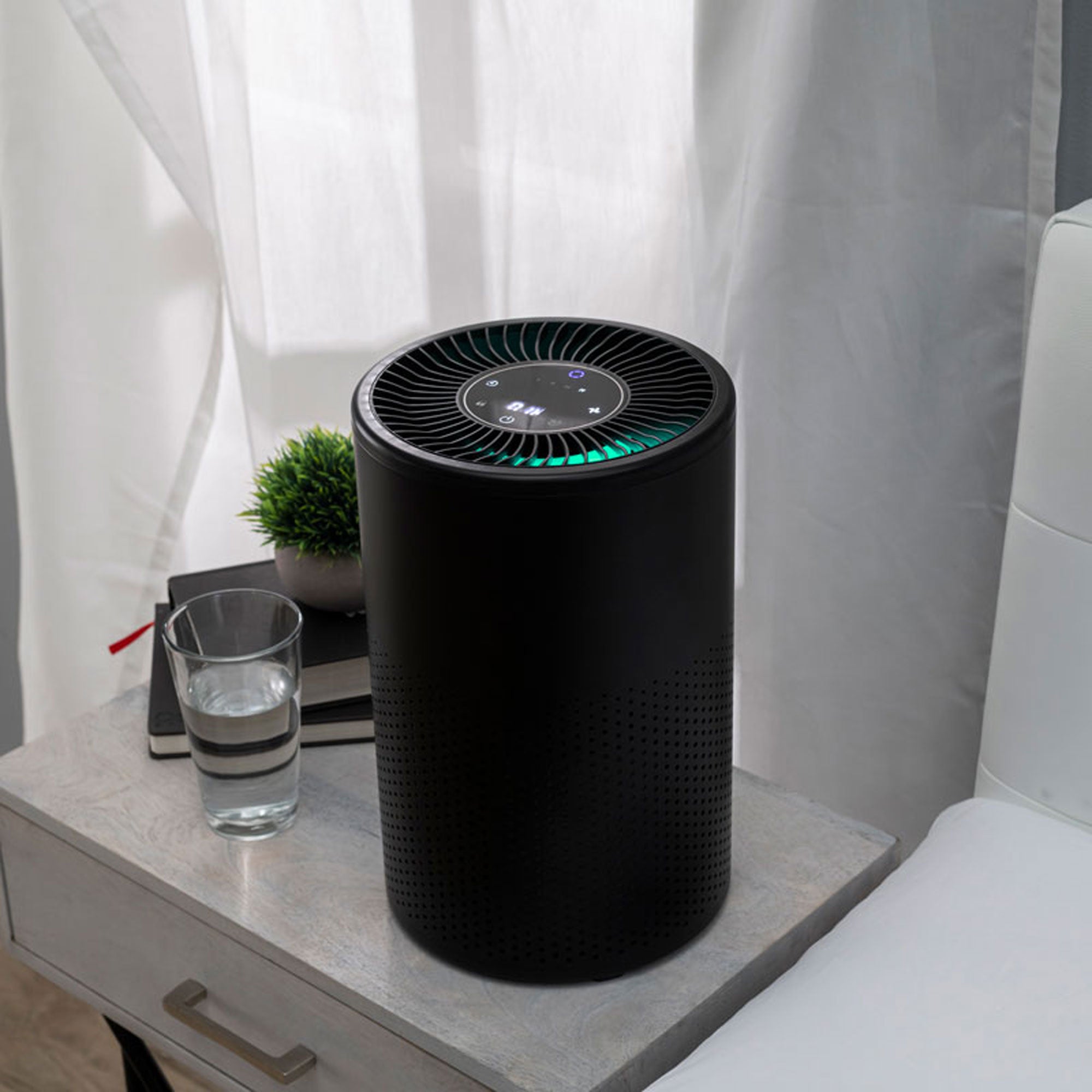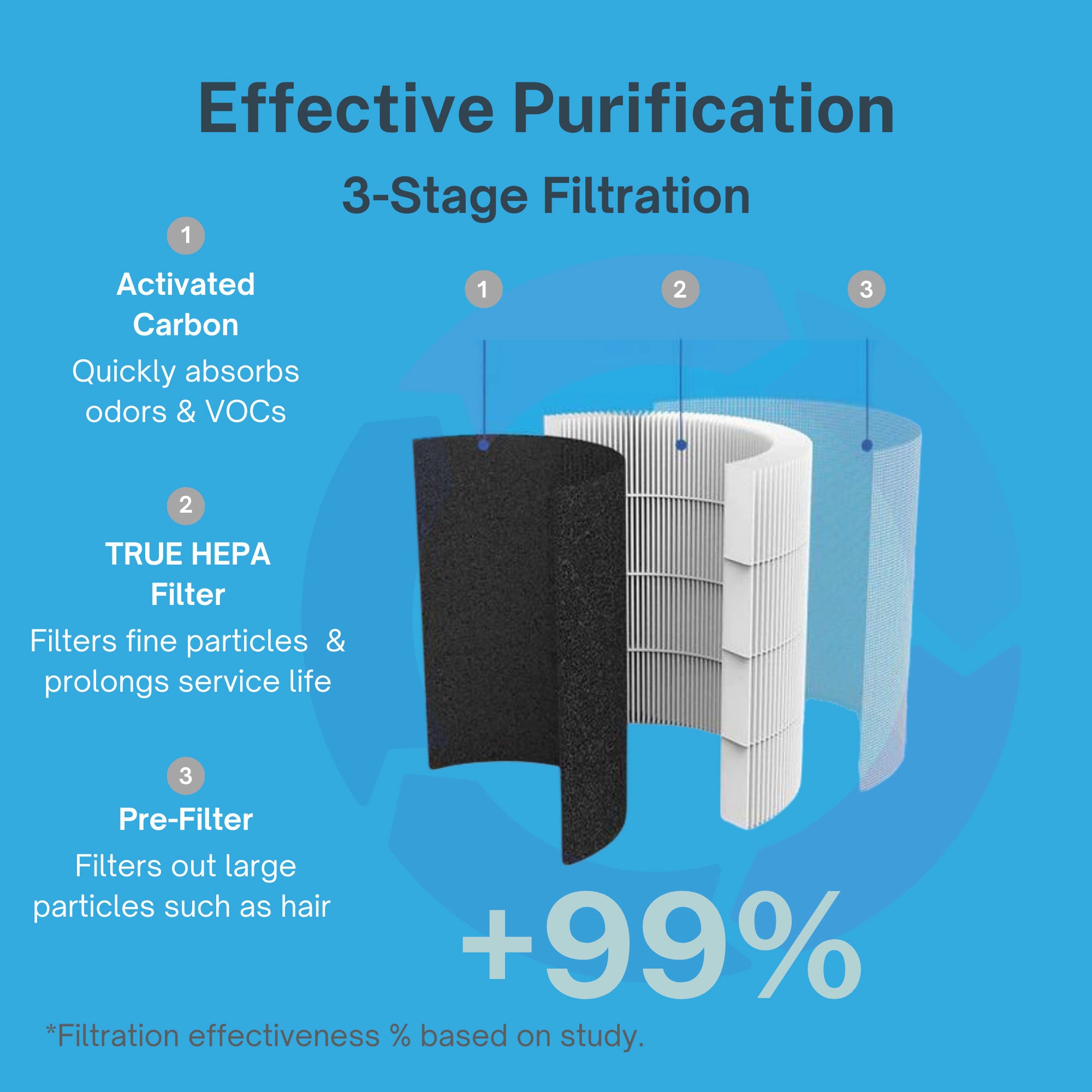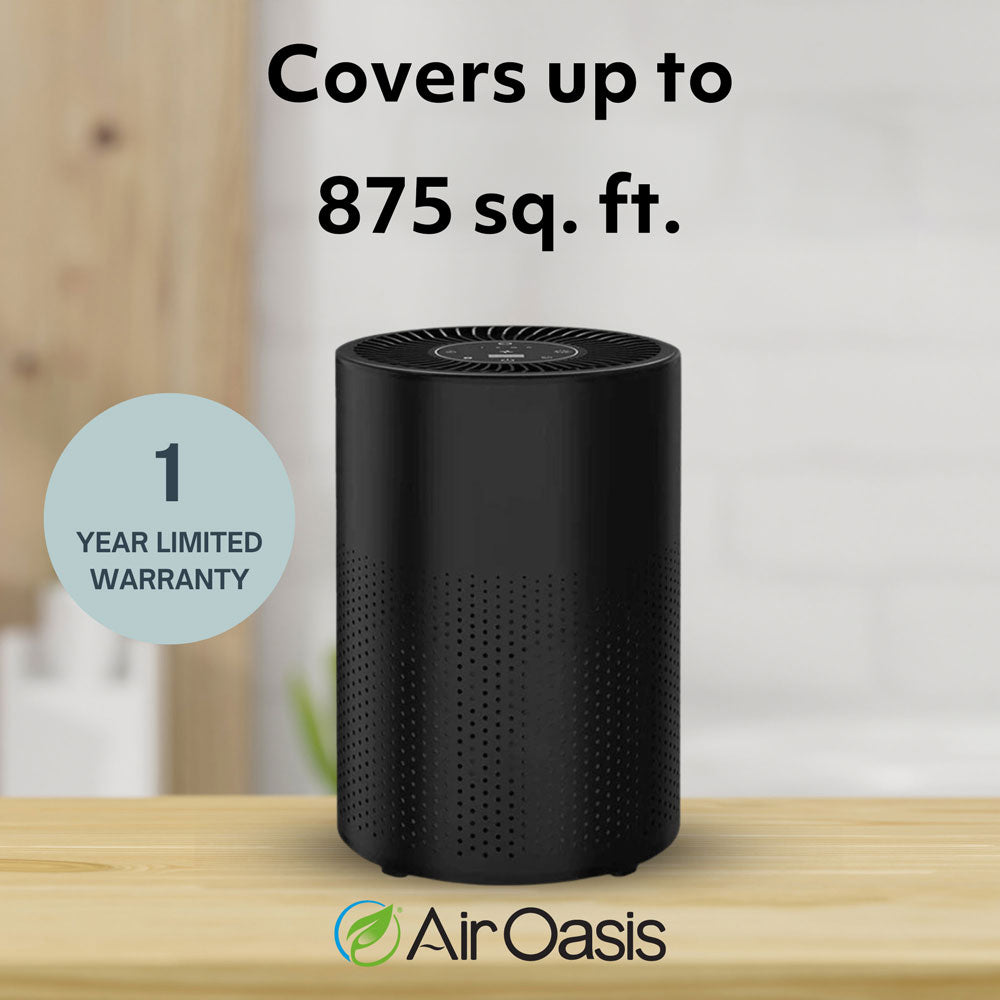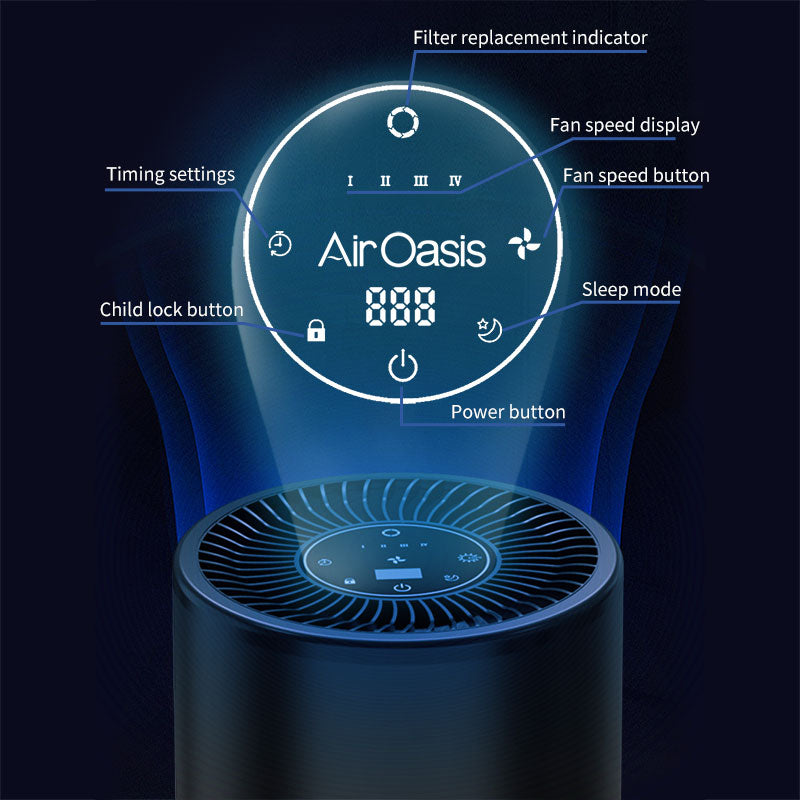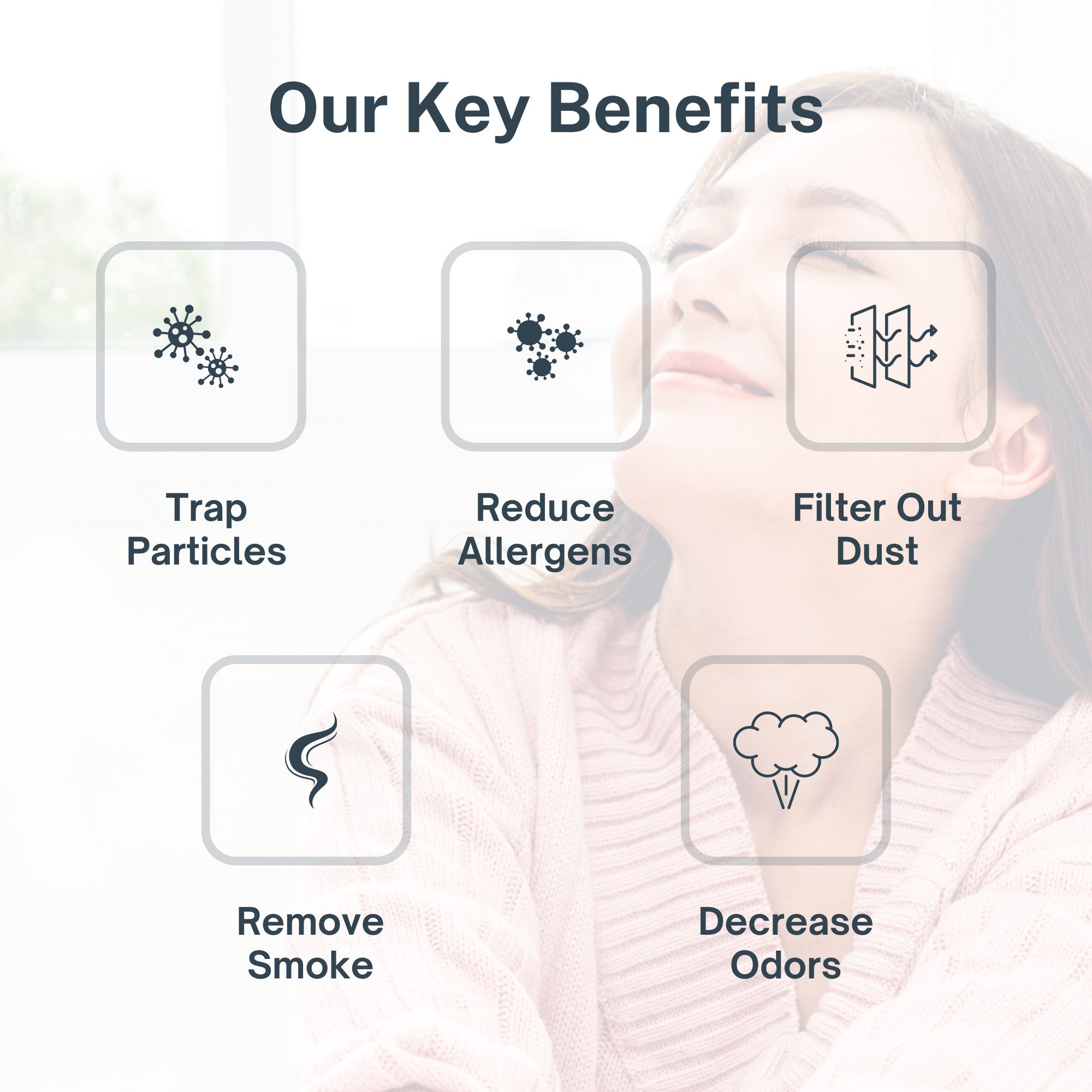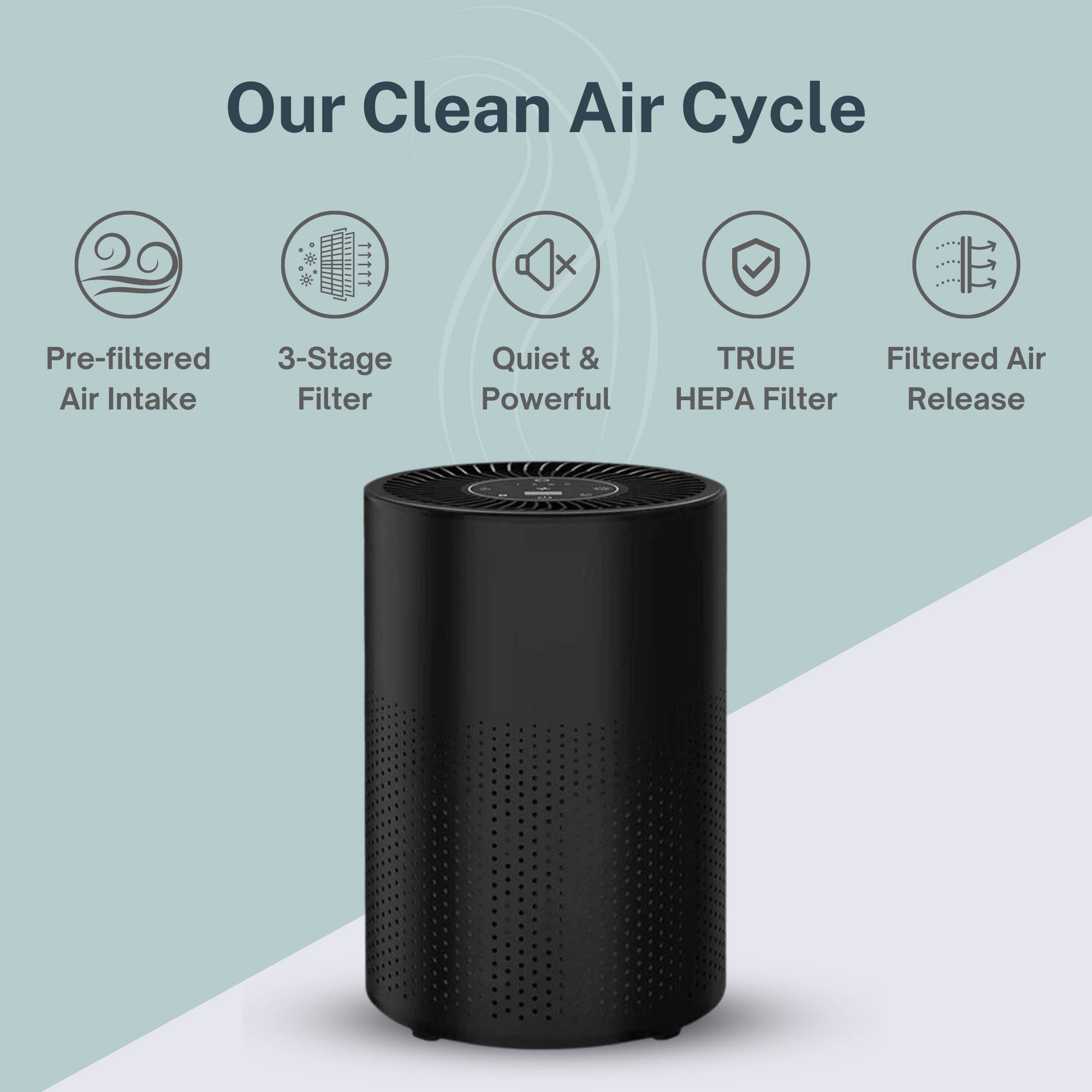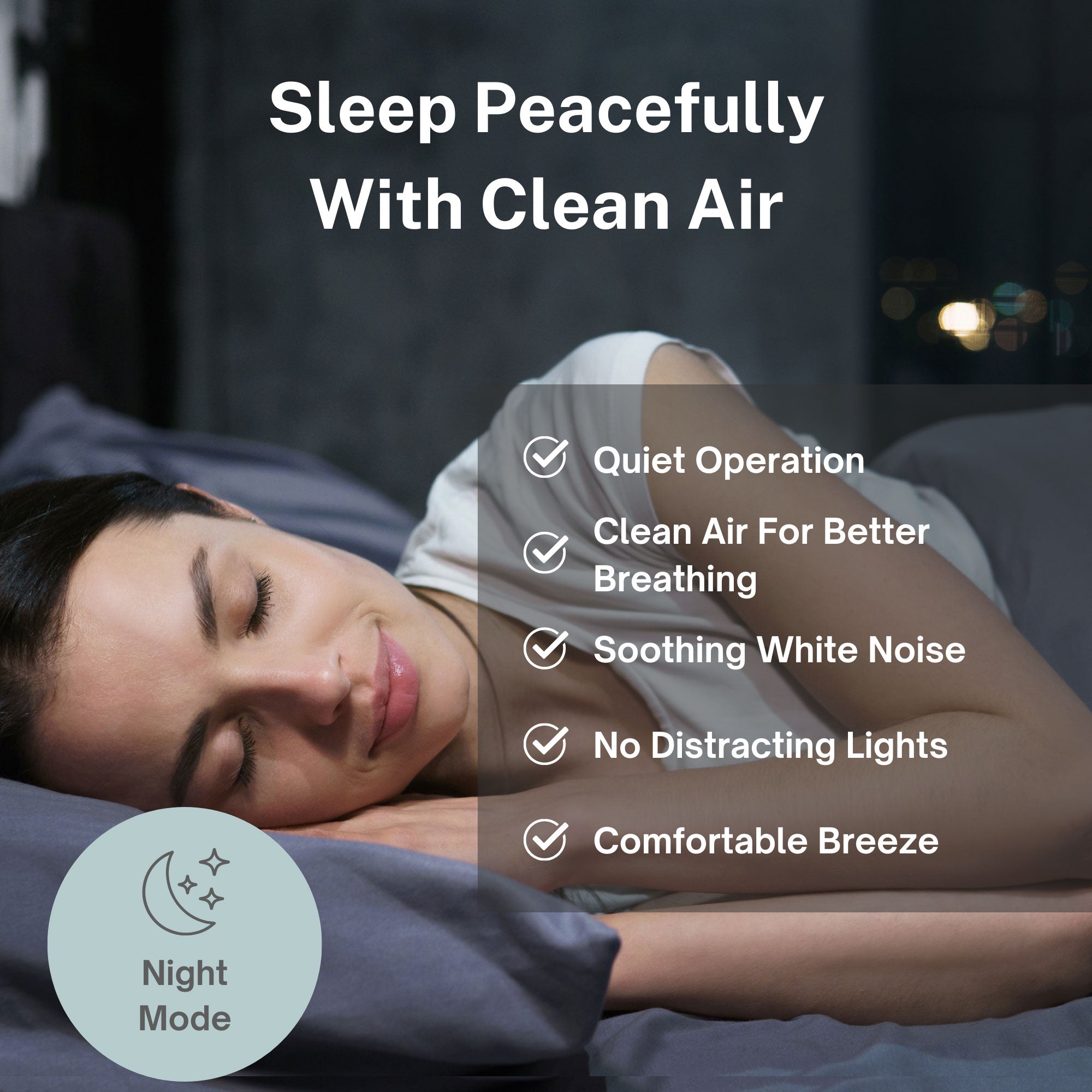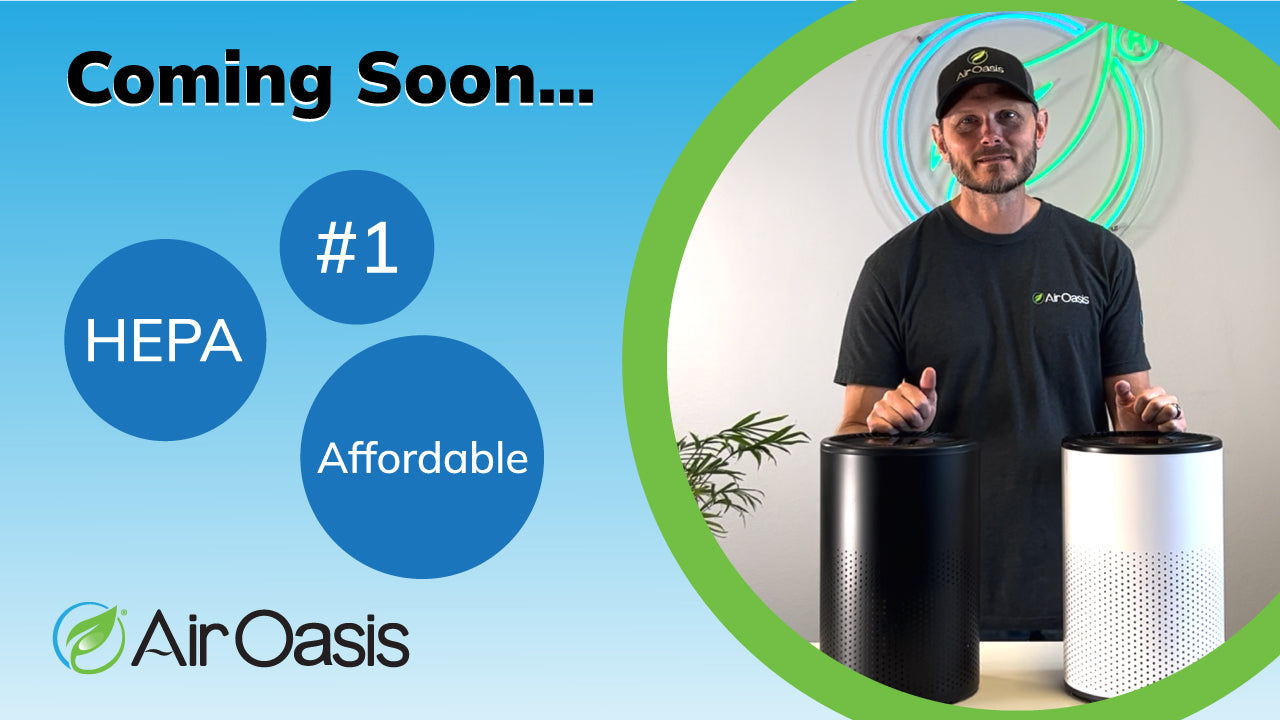When most people think about environmental challenges, they typically place air pollution and climate change in separate mental categories. Clean the air, fight climate change—two worthy goals that naturally work together, right? Not quite. According to recent research from Yale University, the relationship between air pollution and climate change is far more complicated than most realize, with some pollution-control efforts potentially accelerating warming even as they protect human health. For a generation of young people increasingly aware of both air quality and climate issues, understanding this complexity matters more than ever.
The Aerosol Paradox
The World Meteorological Organization's fifth annual Air Quality and Climate Bulletin, issued in September, highlighted the intricate effects of air pollution on climate change and human health. At the center of this discussion are aerosols—tiny particles also called particulate matter that come from both human and natural sources, including fossil fuel combustion, industrial emissions, volcanic eruptions, pollen, and dust.
Jessica Seddon, a senior lecturer at the Yale Jackson School of Global Affairs who chaired the Bulletin's editorial board, explained to Yale News that aerosol effects on climate differ depending on their color. Dark-colored aerosols, such as black carbon in soot, contribute to global warming by absorbing sunlight and heating the atmosphere. This localized warming can affect winds, rainfall, and even larger seasonal patterns like monsoons.
Light-colored aerosols such as sulfates, however, have a cooling effect—or more accurately, a masking effect. These particles reflect sunlight back into space, preventing that extra energy from becoming trapped in Earth's atmosphere by greenhouse gases. Unlike carbon dioxide, which distributes uniformly throughout the atmosphere, aerosols act more like what Seddon described as a lumpy blanket with holes, with stronger impacts on ground-level temperatures in the regions they cover.
Health Protection Versus Climate Impact
Aerosols are regulated primarily through air quality policies that protect human health and the environment by reducing particulate matter levels in the lower atmosphere where people breathe them. Many of the longest-standing air quality policies specifically focus on reducing lighter, reflecting sulfate aerosols because they contribute to acid rain while damaging human health.
The tricky part? When these health-protective policies successfully remove light-colored aerosols from the atmosphere, they reduce the masking effect—potentially contributing to increased warming. This creates what Seddon described as a tradeoff between two tightly held environmental goals: cleaning up the air and addressing climate change.
A recent example illustrates this complexity. In 2020, the International Maritime Organization implemented regulations mandating low-sulfur fuels for shipping. These regulations reduced sulfate emissions, protecting human health in Asia and Africa particularly and reducing acid rain. The cleaner fuels also improved engine efficiency, potentially reducing some greenhouse gas emissions.
However, because sulfate emissions are light-colored aerosols, this reduction decreased some of the masking effect and contributed to warming surface temperatures. According to Yale News, recent analysis highlighted these tradeoffs, showing that while most recent warming is still caused by accumulated greenhouse gases, the effect of unmasking was detectable. Additionally, some emissions abatement systems used to comply with regulations are polluting water, creating threats to marine life.
The Growing Awareness Among Young People
Today's young adults and teenagers have grown up with unprecedented access to air quality information. From smartphone apps that display real-time pollution levels to classroom discussions about climate science, air quality awareness has become part of daily life for many young people. This generation understands what previous generations didn't: that the air they breathe directly affects their health, cognitive function, and long-term wellness.
This heightened awareness extends beyond outdoor air quality. Young people increasingly recognize that indoor air quality matters just as much—perhaps even more, given that people spend over eighty percent of their time indoors. They understand that particulate matter can penetrate lungs and bloodstreams, contributing to respiratory and cardiovascular diseases. They're asking questions about the air in their homes, schools, and workplaces.
For this environmentally conscious generation, understanding the nuanced relationship between air pollution and climate represents a more sophisticated approach to environmental health. It means recognizing that environmental challenges don't always have simple solutions, and that protecting human health must remain the priority even when it creates climate complications.
Moving Toward Holistic Solutions
Seddon emphasized that acknowledging the air quality-climate tradeoff doesn't mean slowing down on cleaning up the air. As she told Yale News, it would be "kind of pathetic to hide from climate in a toxic fog when there are so many other options to limit warming and its impacts." Instead, recognizing increased warming as a potential outcome of air quality policies allows for better planning and more integrated approaches.
Several strategies could help compensate for the tradeoff. Focusing on reducing methane from oil and gas production, unmanaged municipal solid waste, and certain agricultural practices would act quickly to reduce warming because methane doesn't last long in the atmosphere. Prioritizing sectors that produce dark particles and greenhouse gases along with lighter masking particles—such as diesel engines and biomass burning for cooking and heating—offers another approach.
Better measurement of aerosols could also inform more effective policies. Currently, the main metric for aerosols lumps them all together into a single indicator called aerosol optical depth, which measures how much particles in a given column of air scatter or absorb light. This provides some insight into collective impact but not into the impacts of specific activities or emission sources that policies can affect. More investments in satellites and ground-based sensors to better distinguish aerosol types and identify particular sources could both inform mitigation efforts and help pin down uncertainties about aerosol impacts.
The Priority Remains Clear
Despite these complexities, the fundamental priority hasn't changed. Air pollution represents the single biggest environmental health risk in the world. Particulate matter damages respiratory and cardiovascular systems, pollutes soil and water, and contributes to millions of premature deaths annually. Young people understand this viscerally—they're living with the health consequences of degraded air quality and demanding solutions.
The solution isn't to accept polluted air as a climate strategy. It's to move faster on multiple fronts: cleaning up the air while simultaneously cutting methane emissions, tackling black carbon, and developing better institutional capabilities for managing these tradeoffs. For young people advocating for both clean air and climate action, this integrated approach represents the path forward.
Taking Control of Your Indoor Environment
While scientists and policymakers work through the complexities of atmospheric aerosols and climate interactions, individuals can take direct action on the air they control most: their indoor environment. Unlike outdoor air quality, which depends on regional policies and industrial practices, indoor air quality is something you can actively manage and improve.
For health-conscious individuals and families—especially those young people growing up with heightened environmental awareness—creating clean indoor air represents both a health investment and an empowering action. Advanced air purification technology removes the particulate matter that threatens respiratory health without waiting for policy changes or atmospheric science to resolve every complexity.
If you're ready to take control of your indoor air quality and protect your health from particulate matter exposure, proven filtration technology offers immediate benefits. Shop Air Oasis today and breathe cleaner air in the spaces where you spend most of your time.




